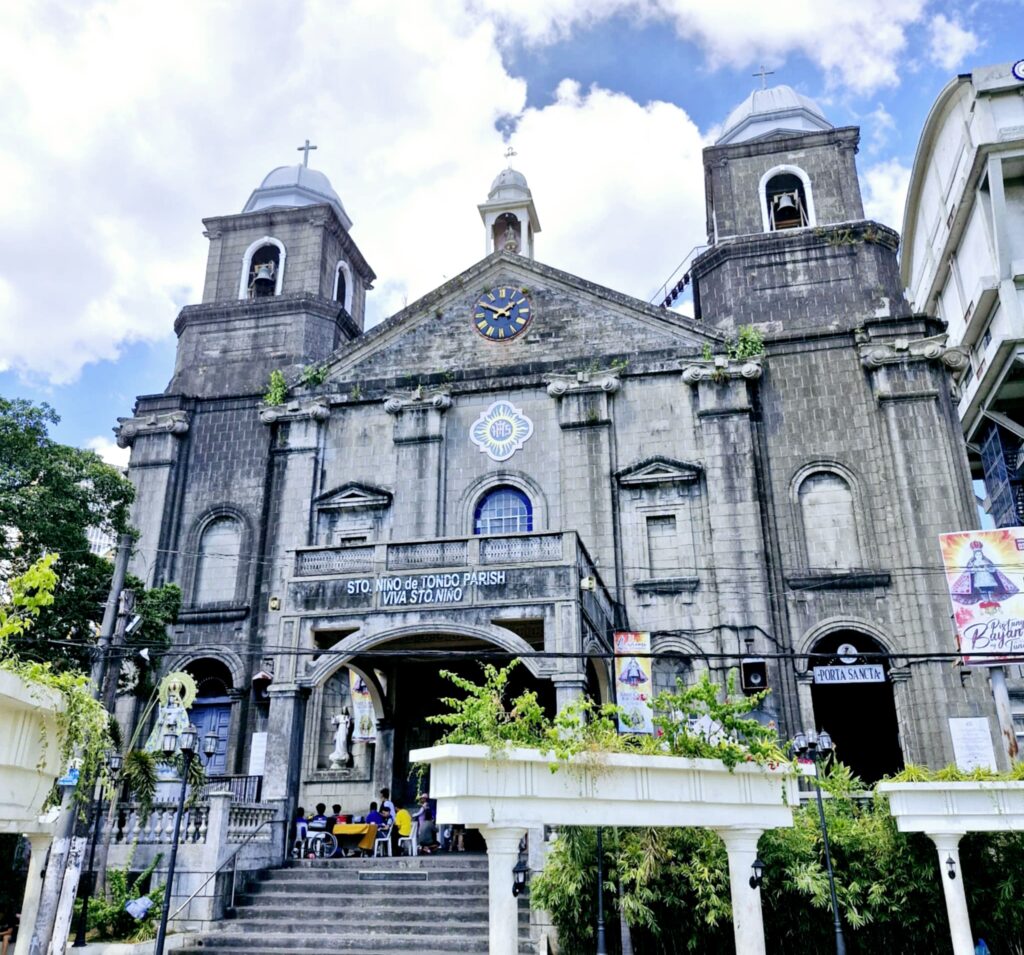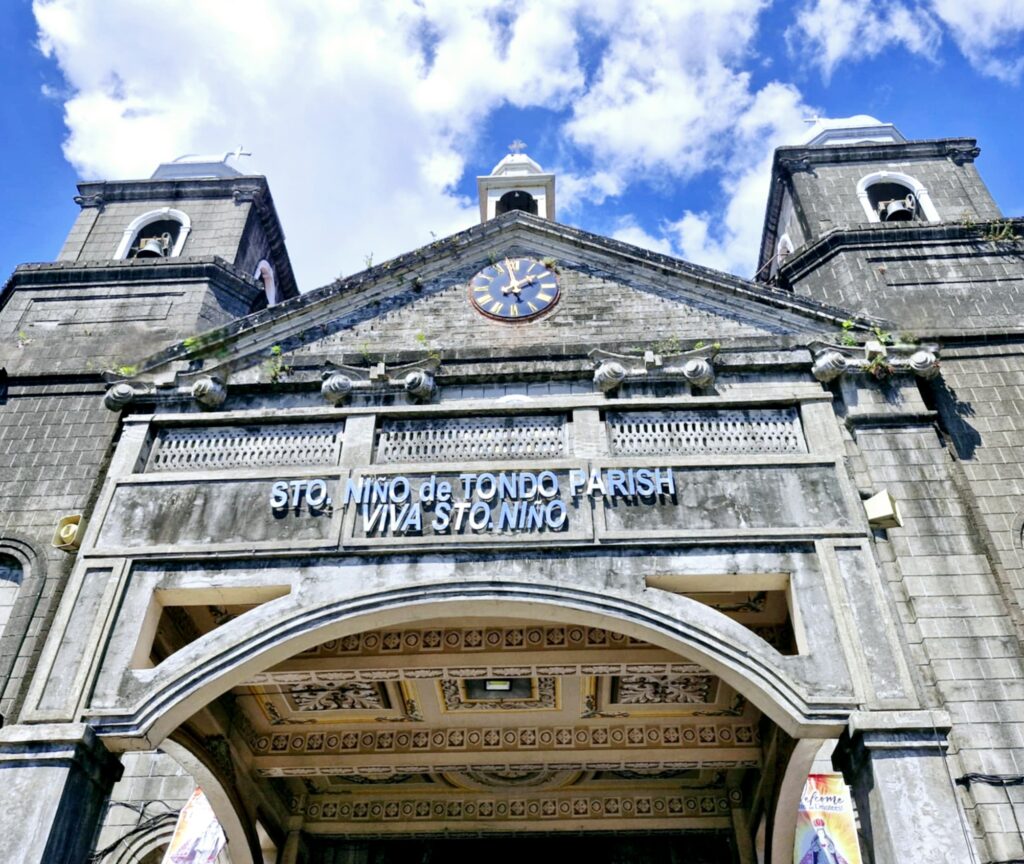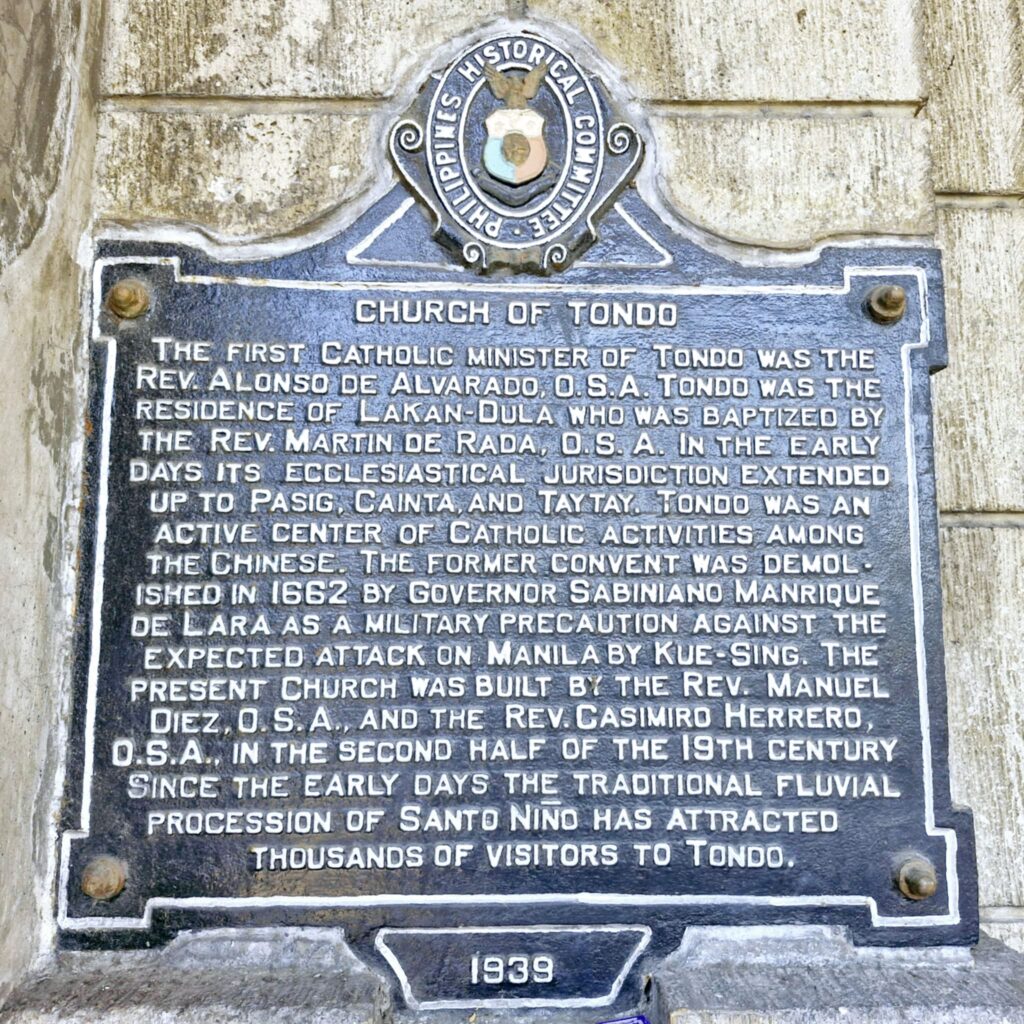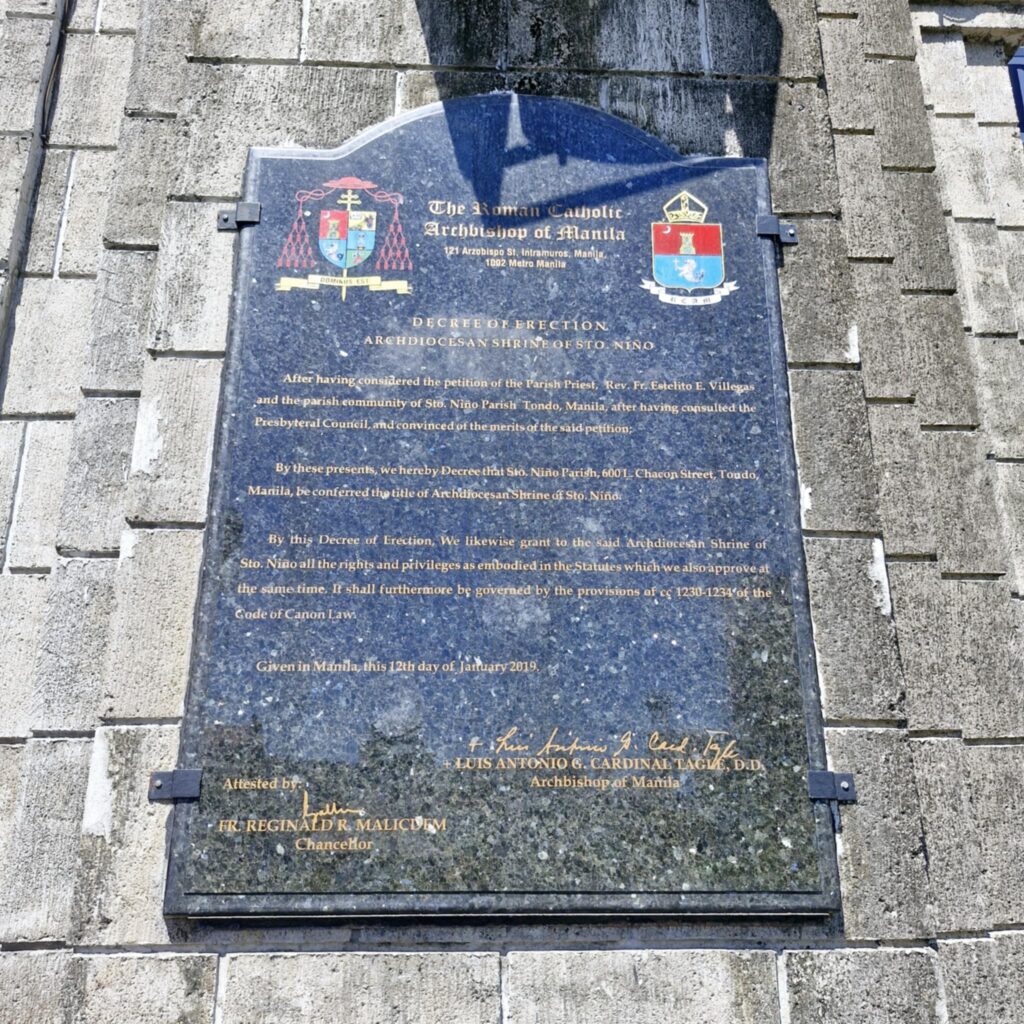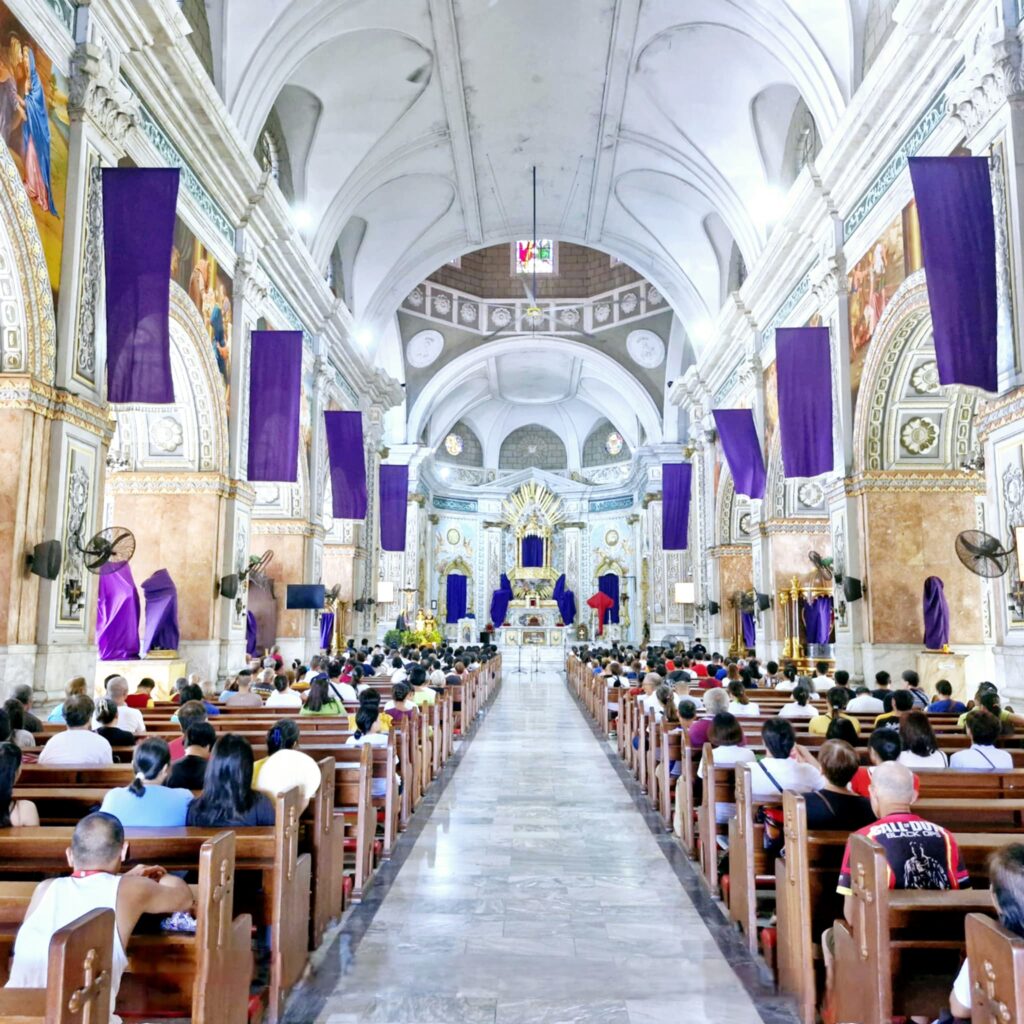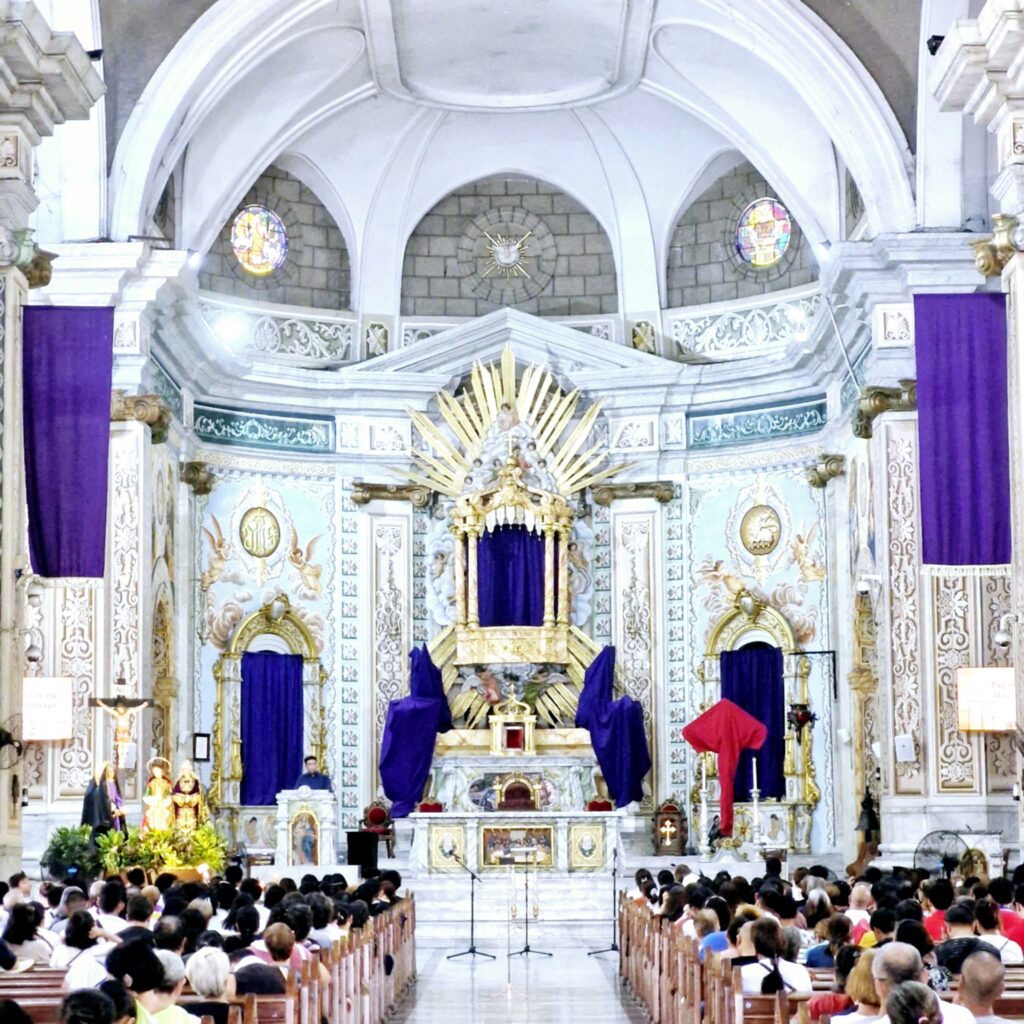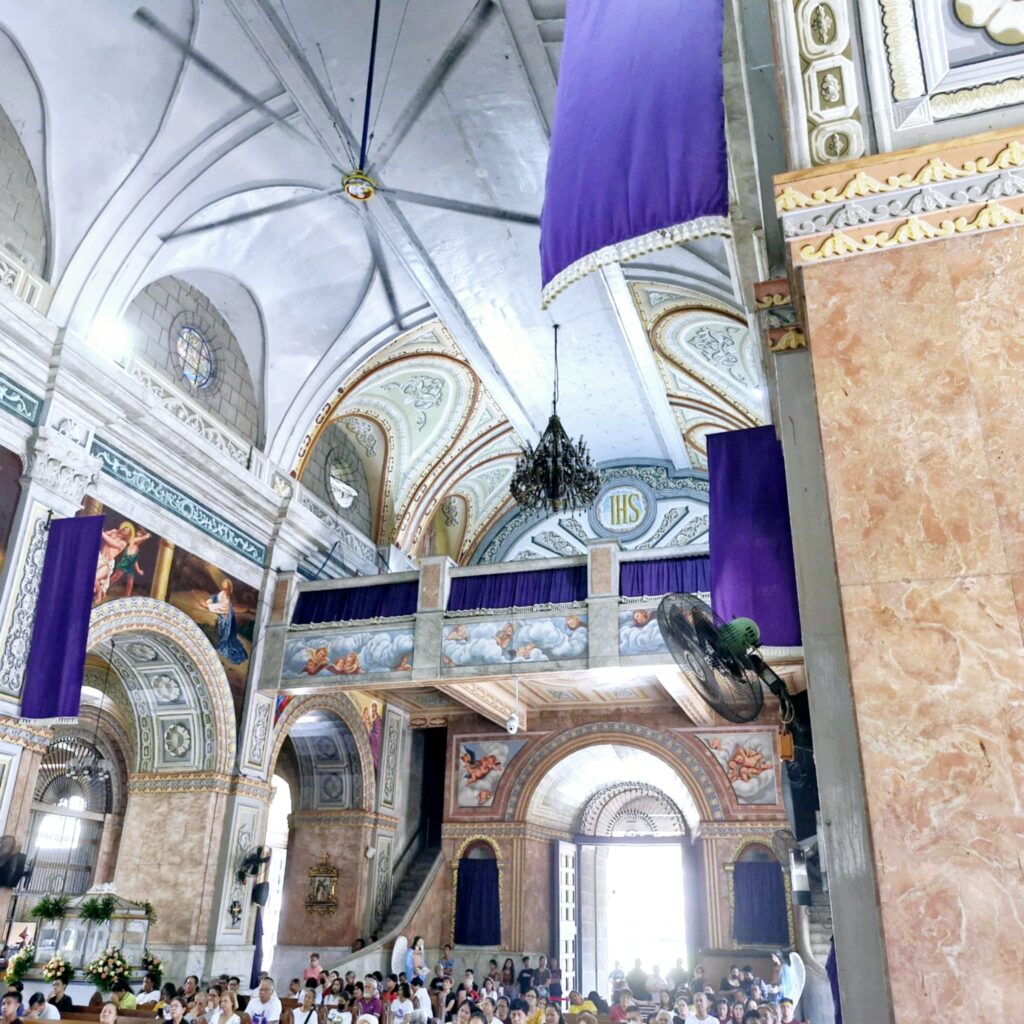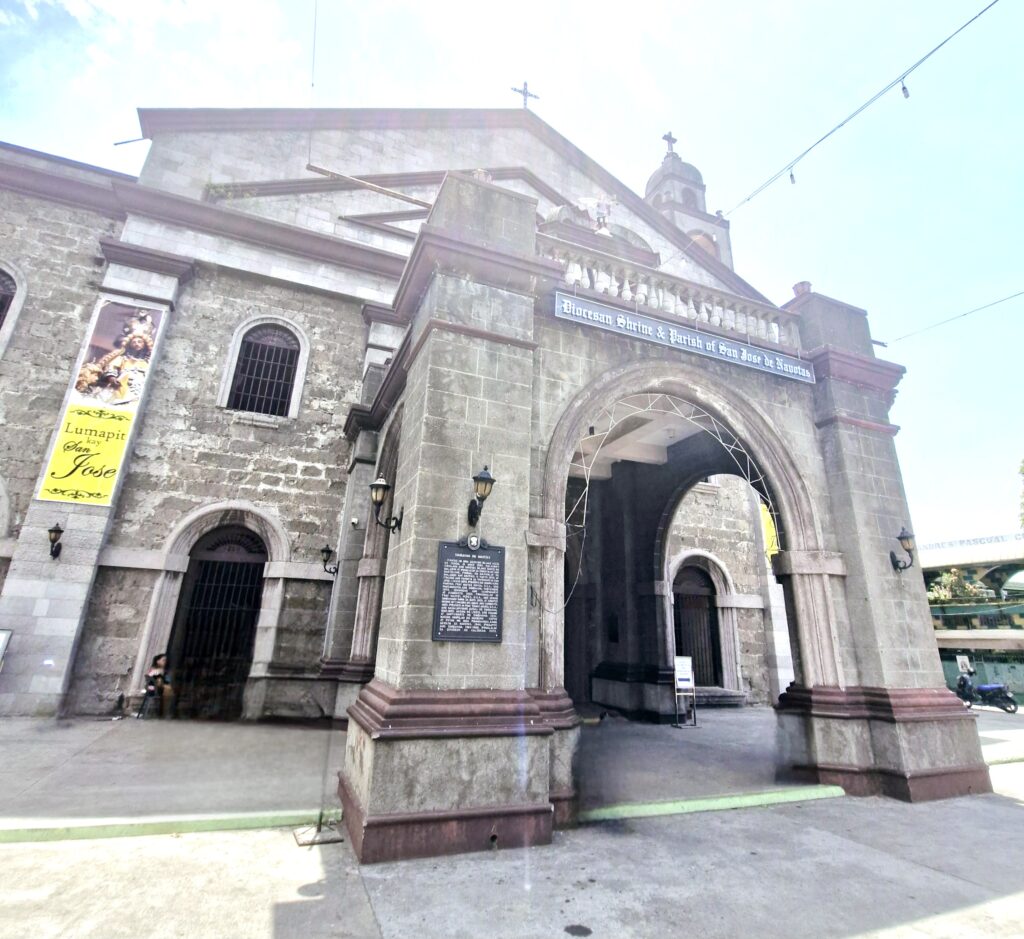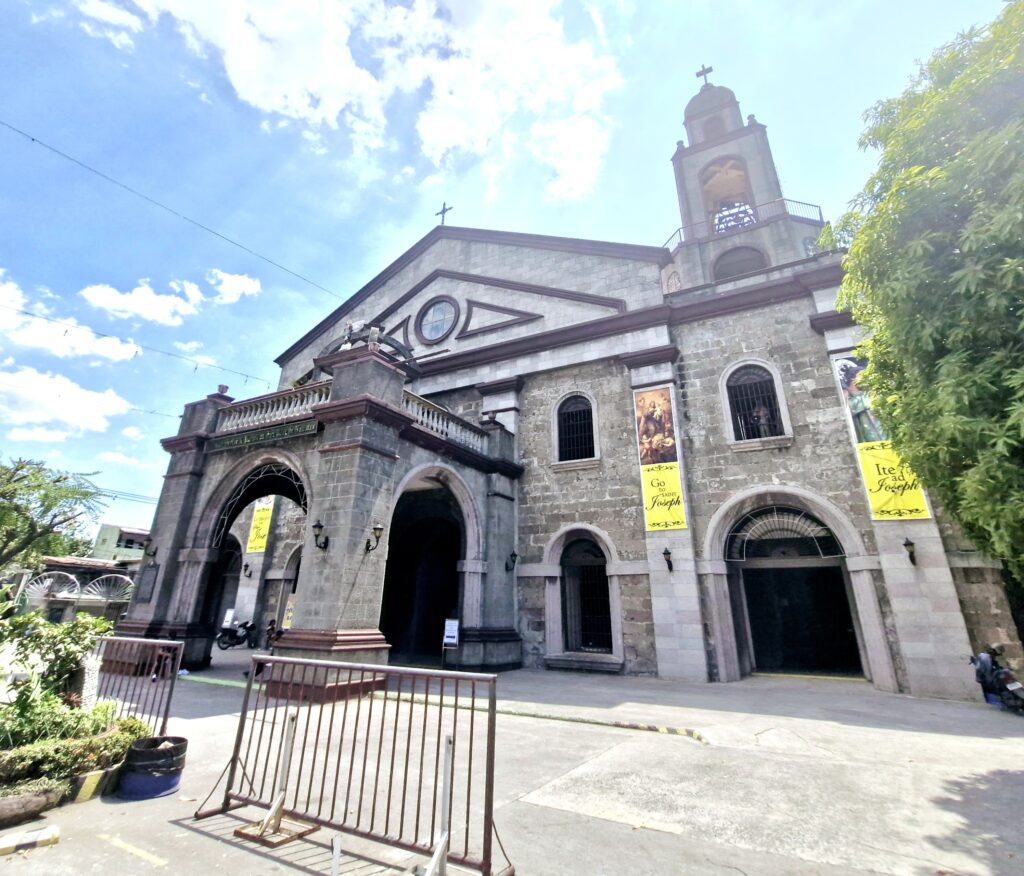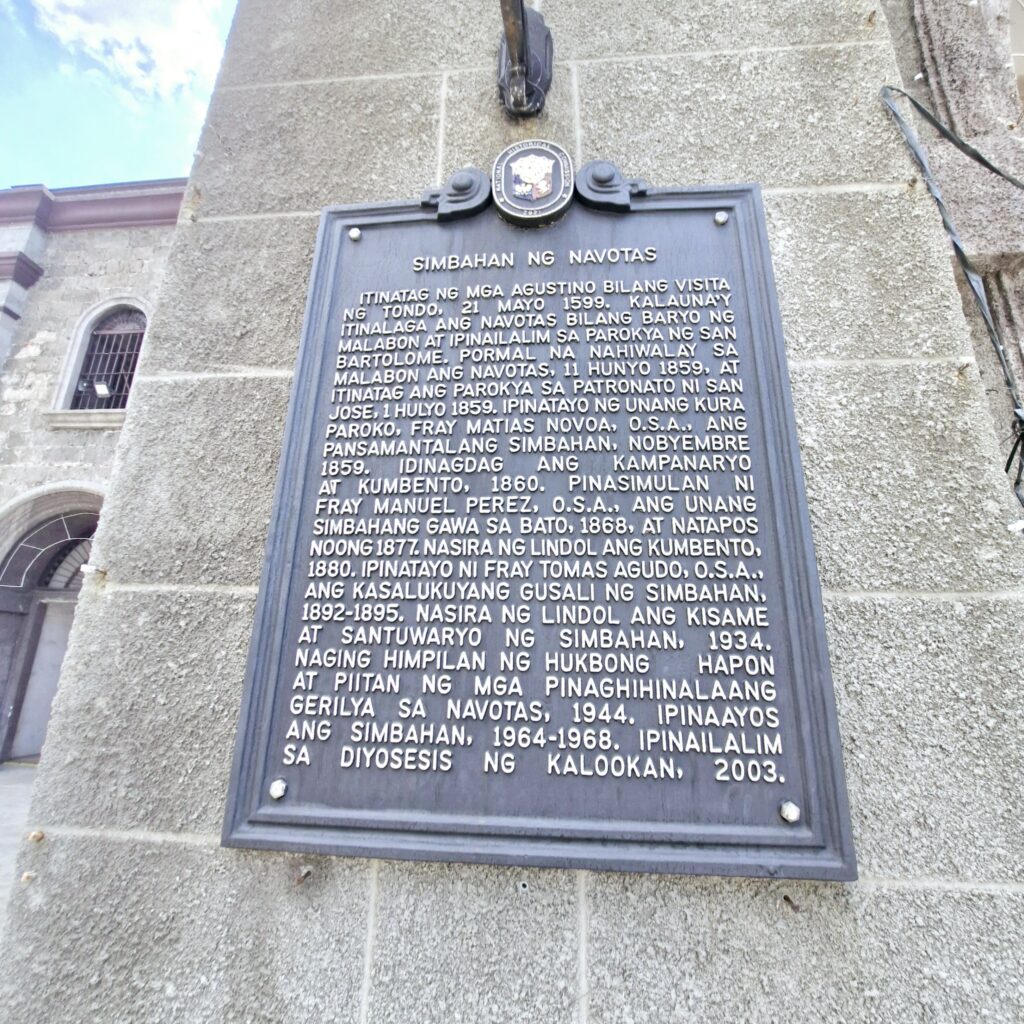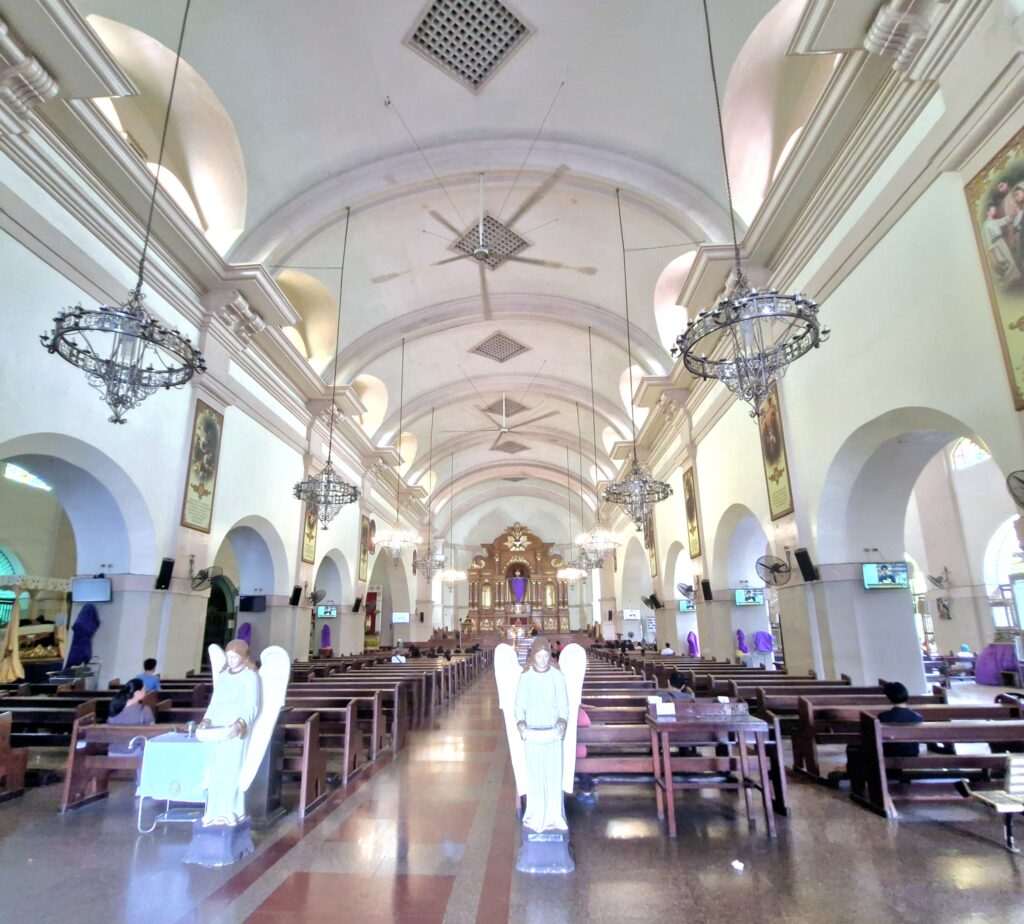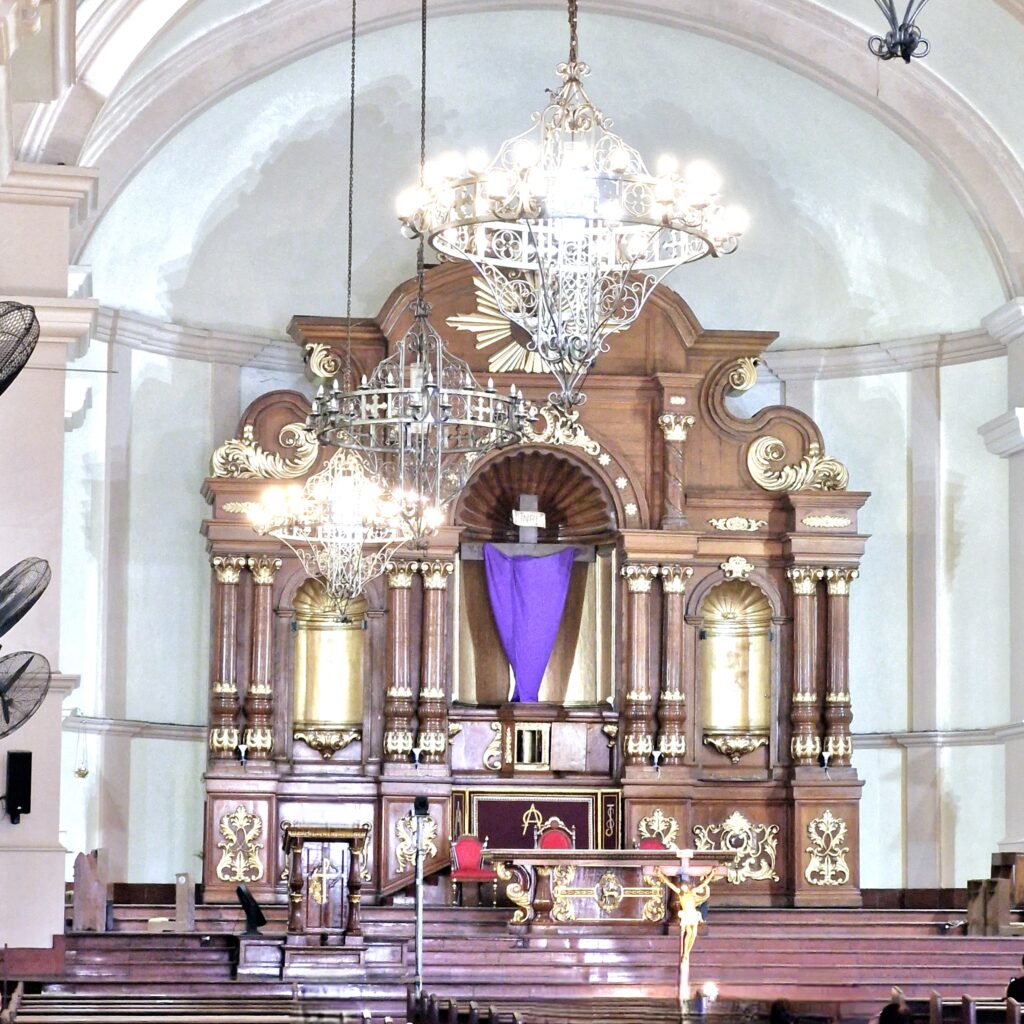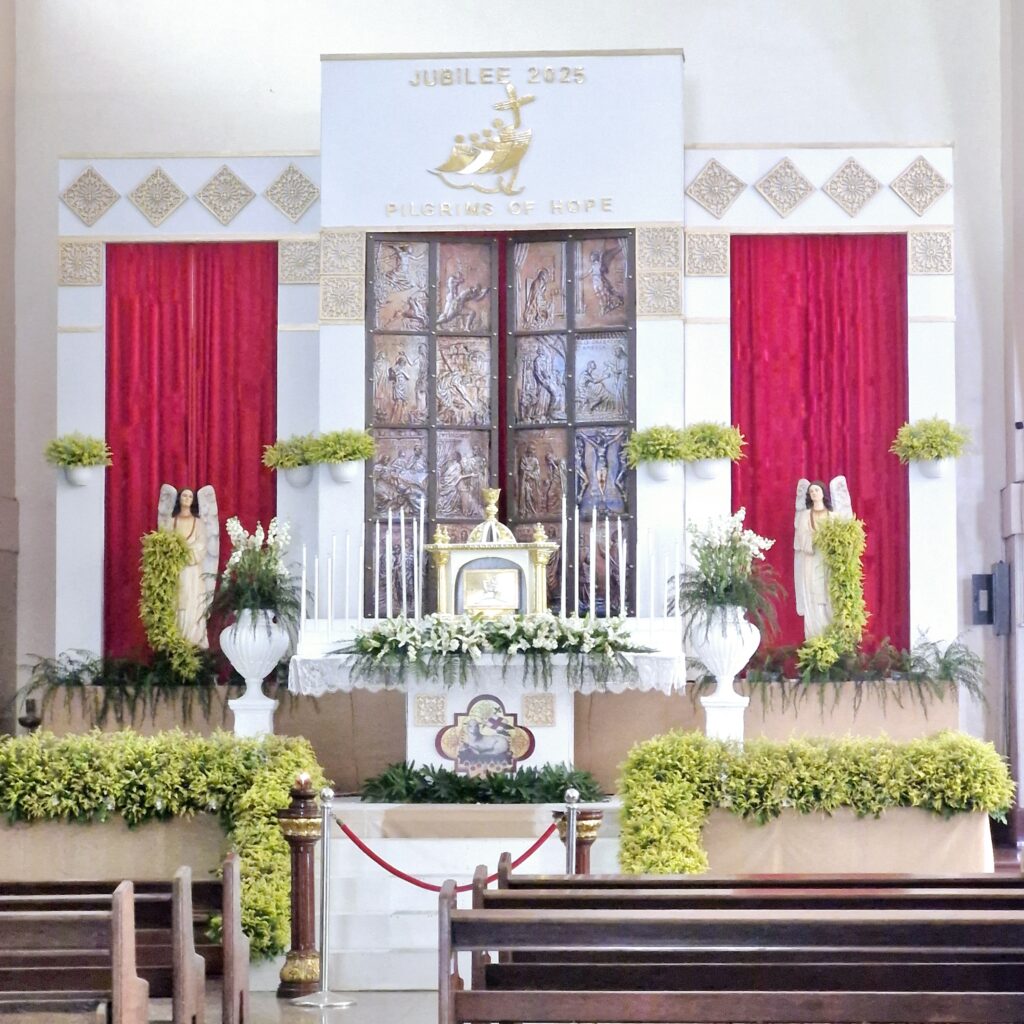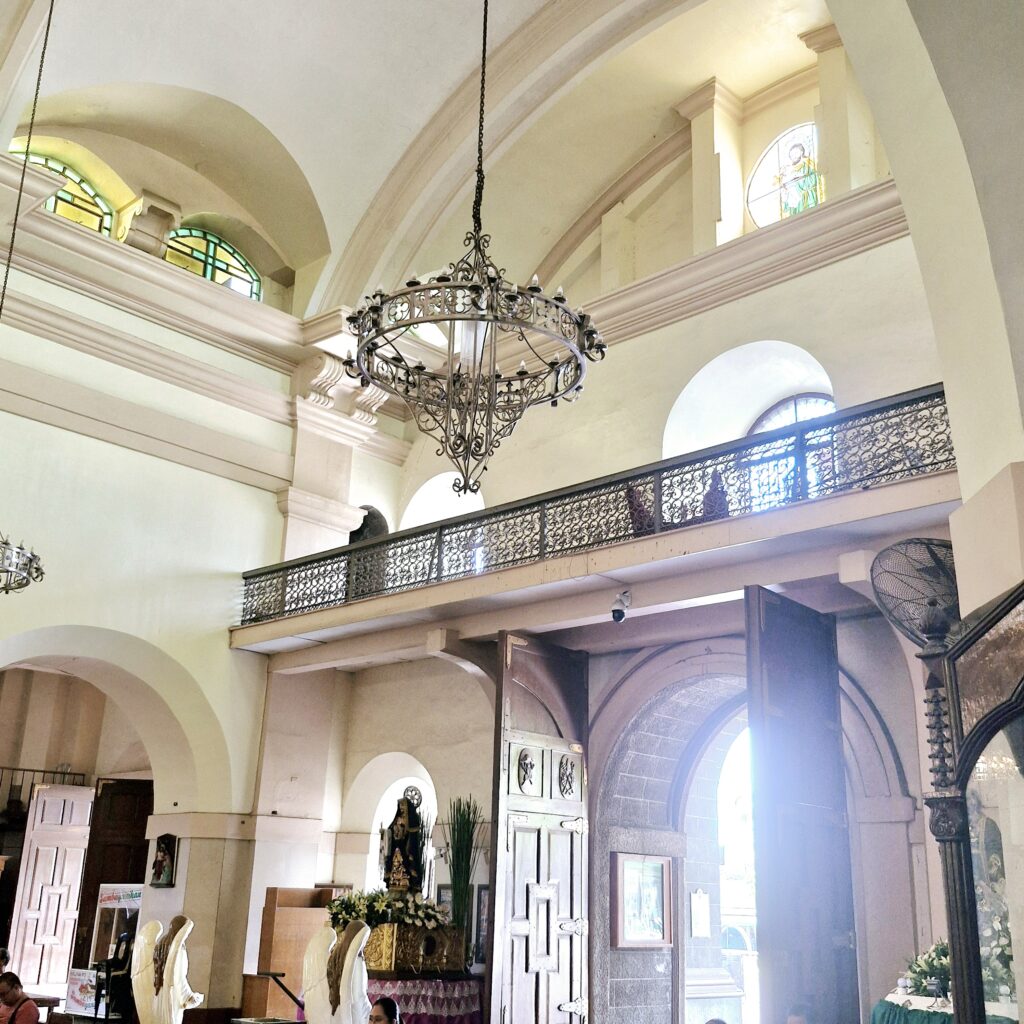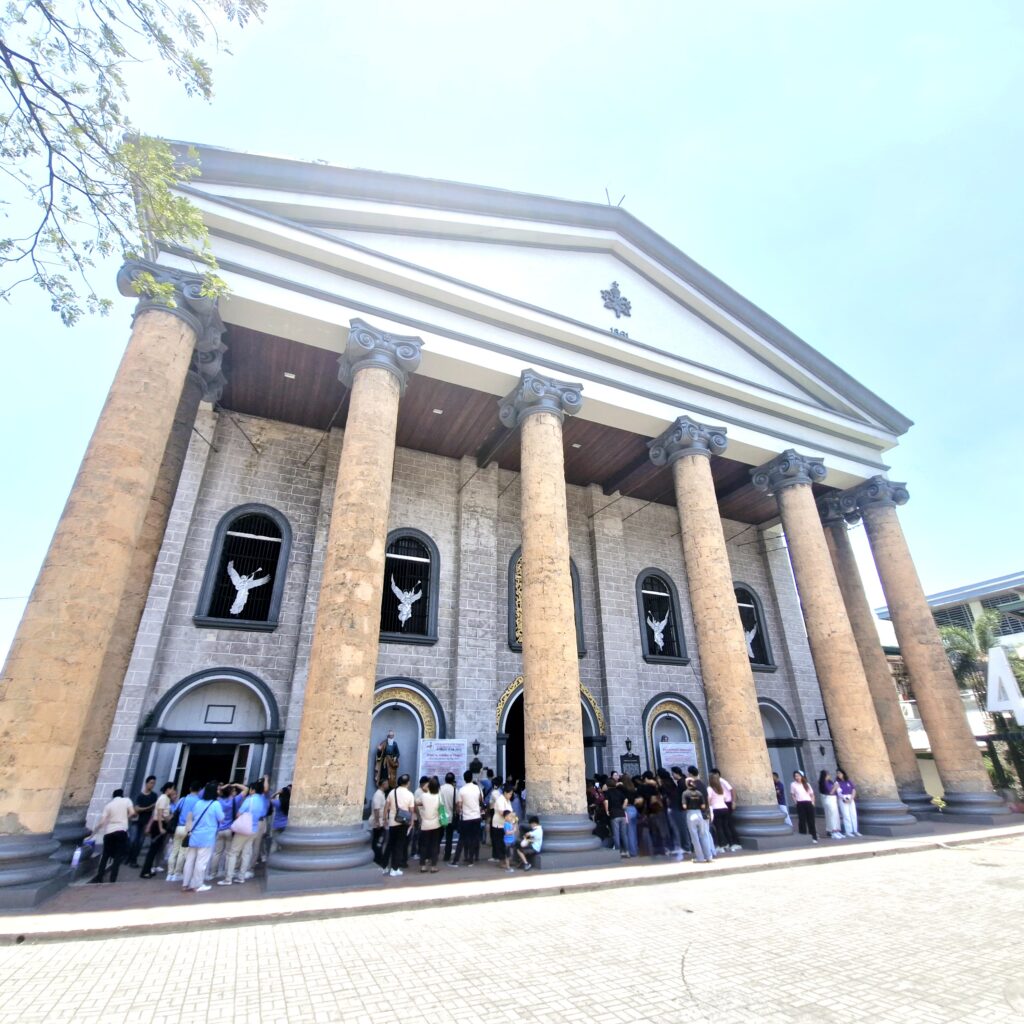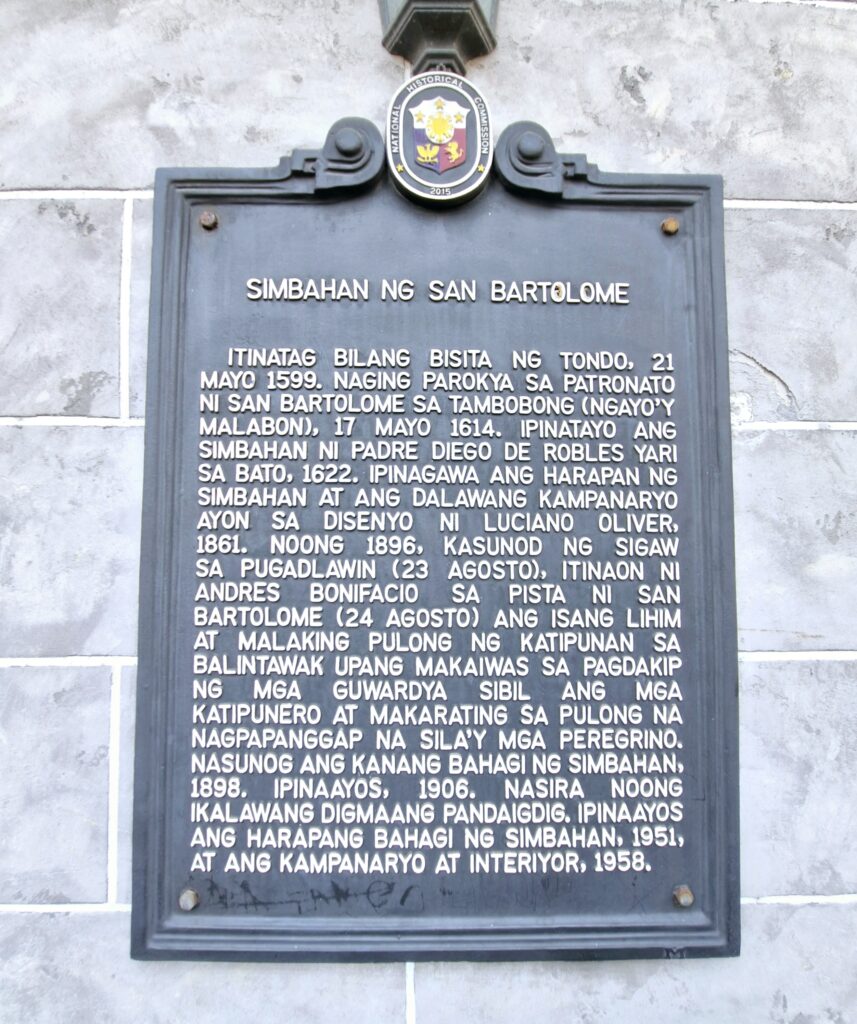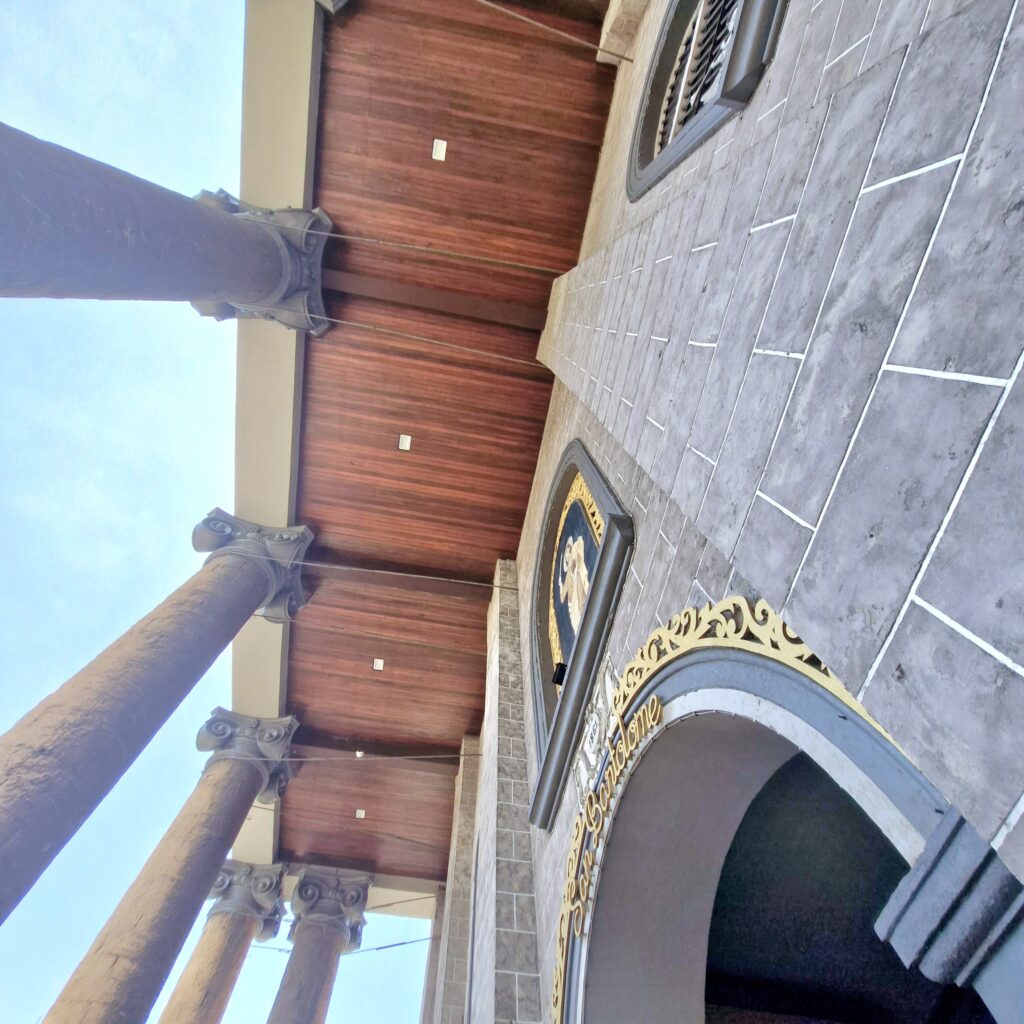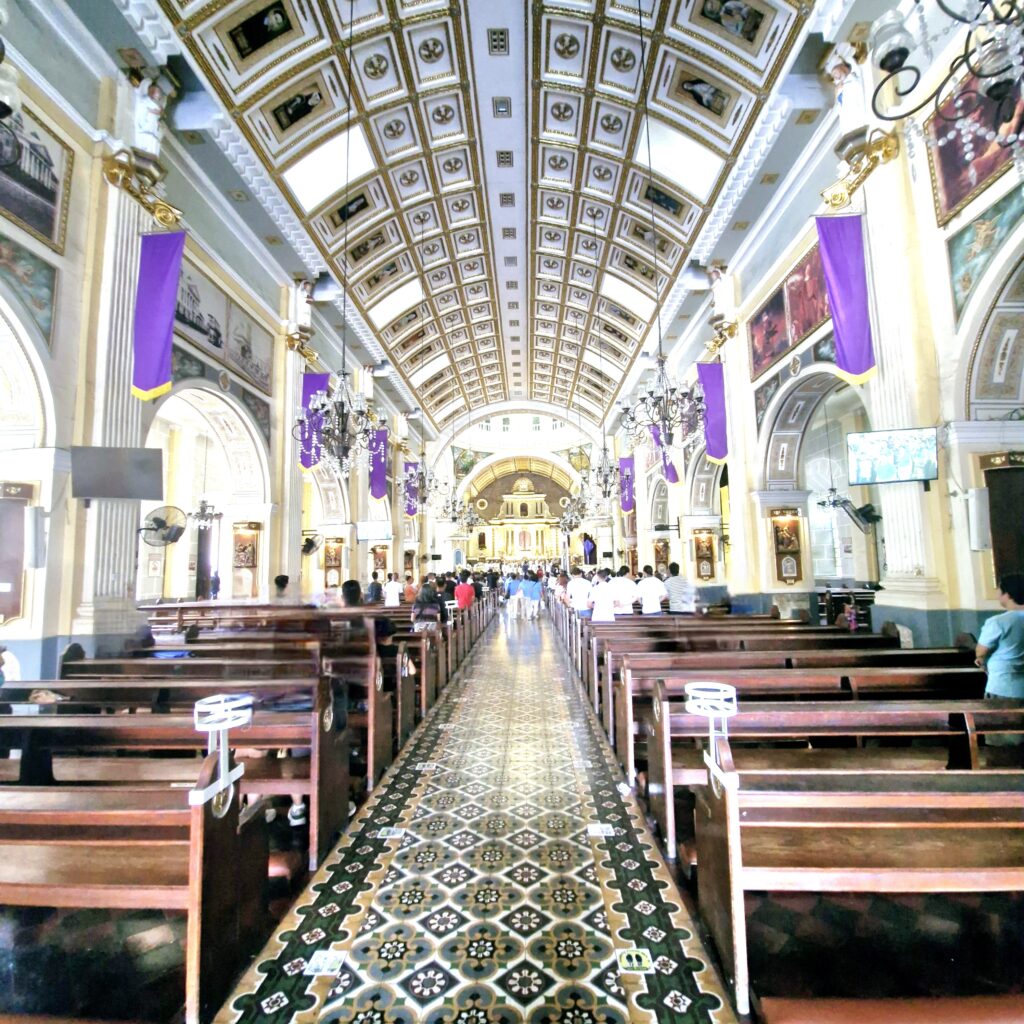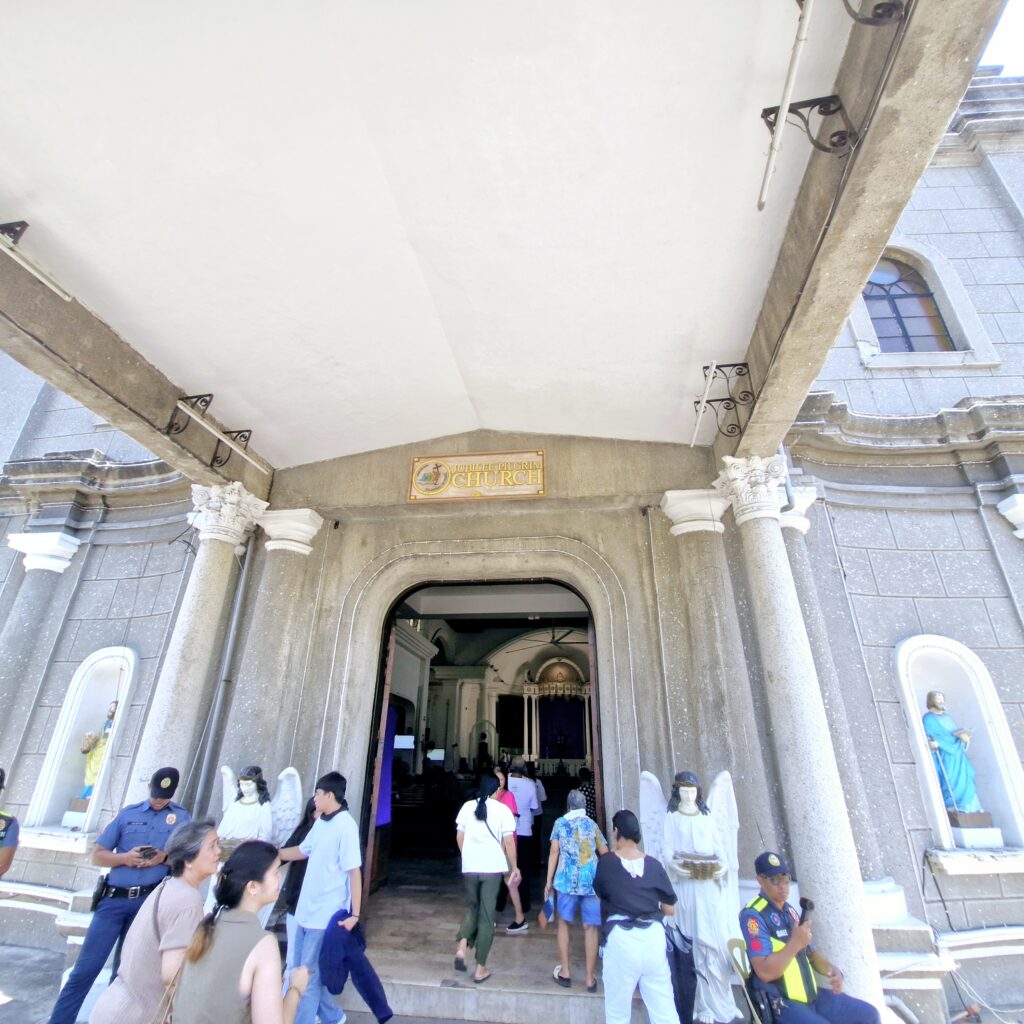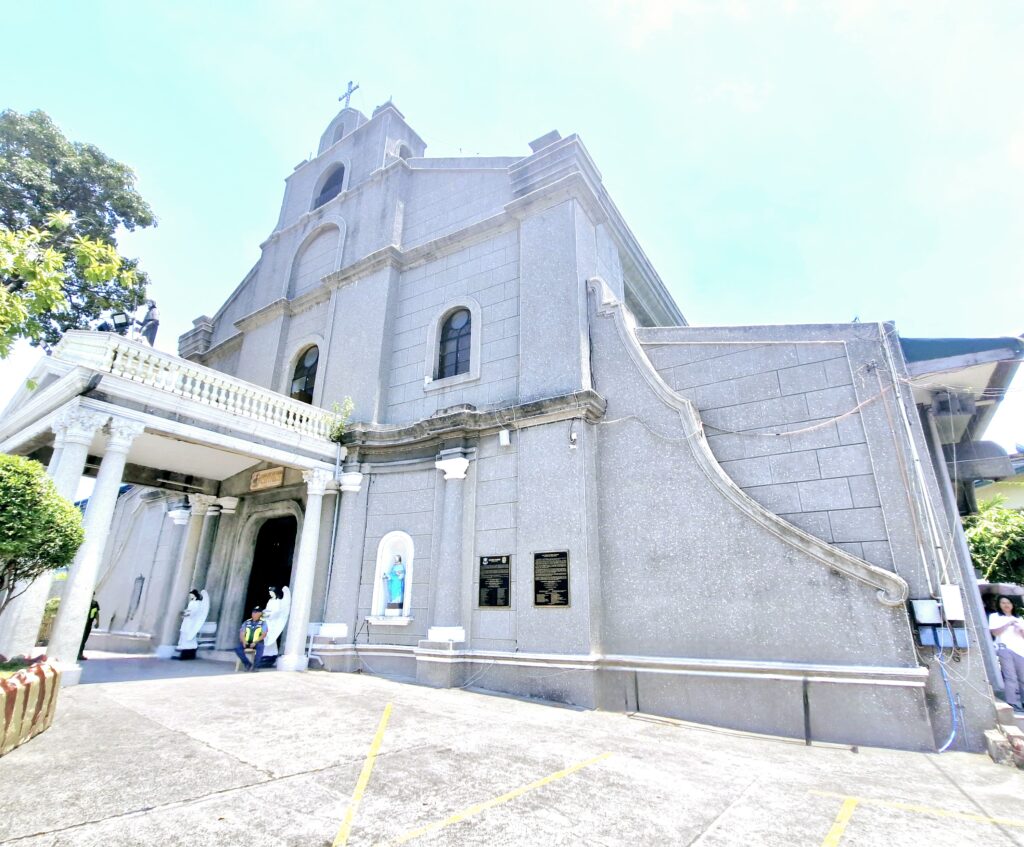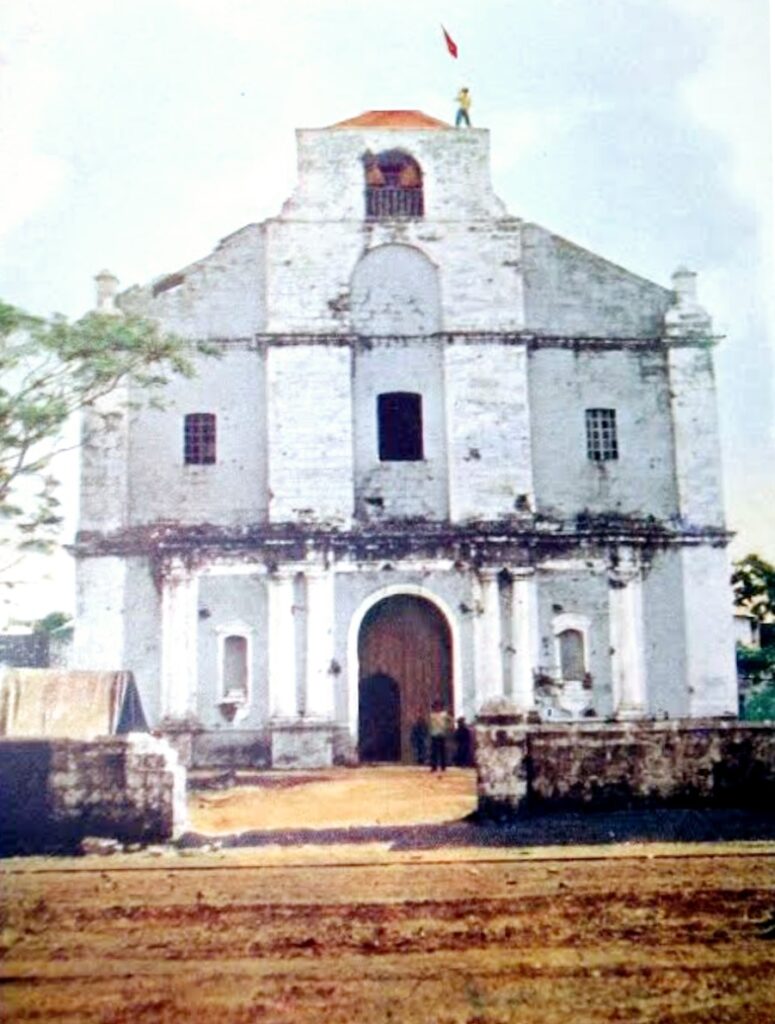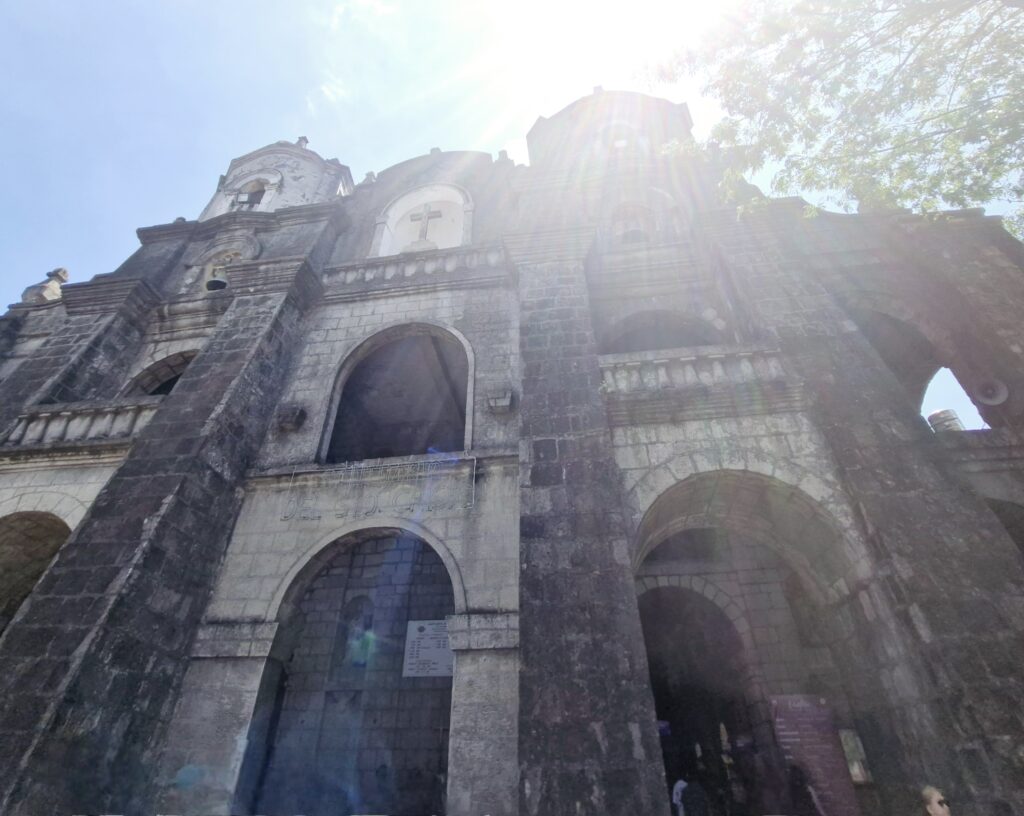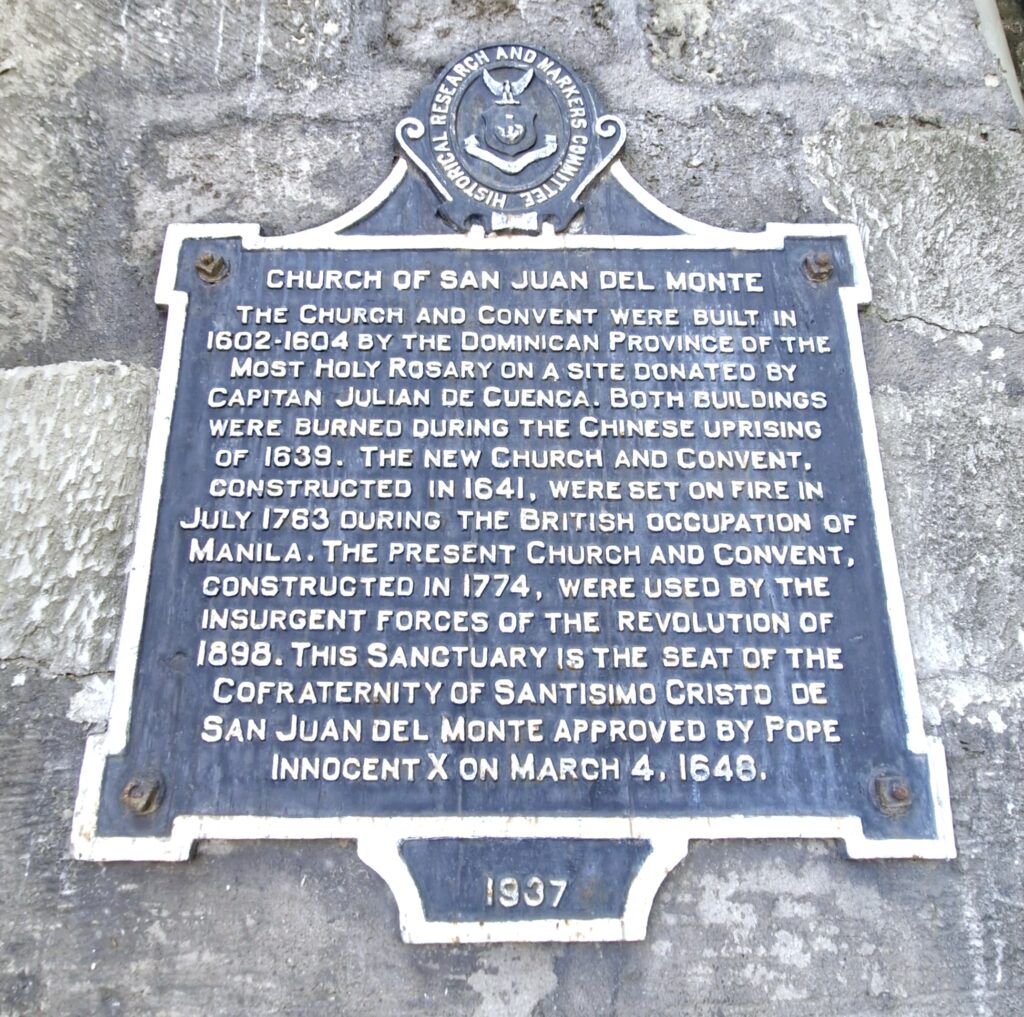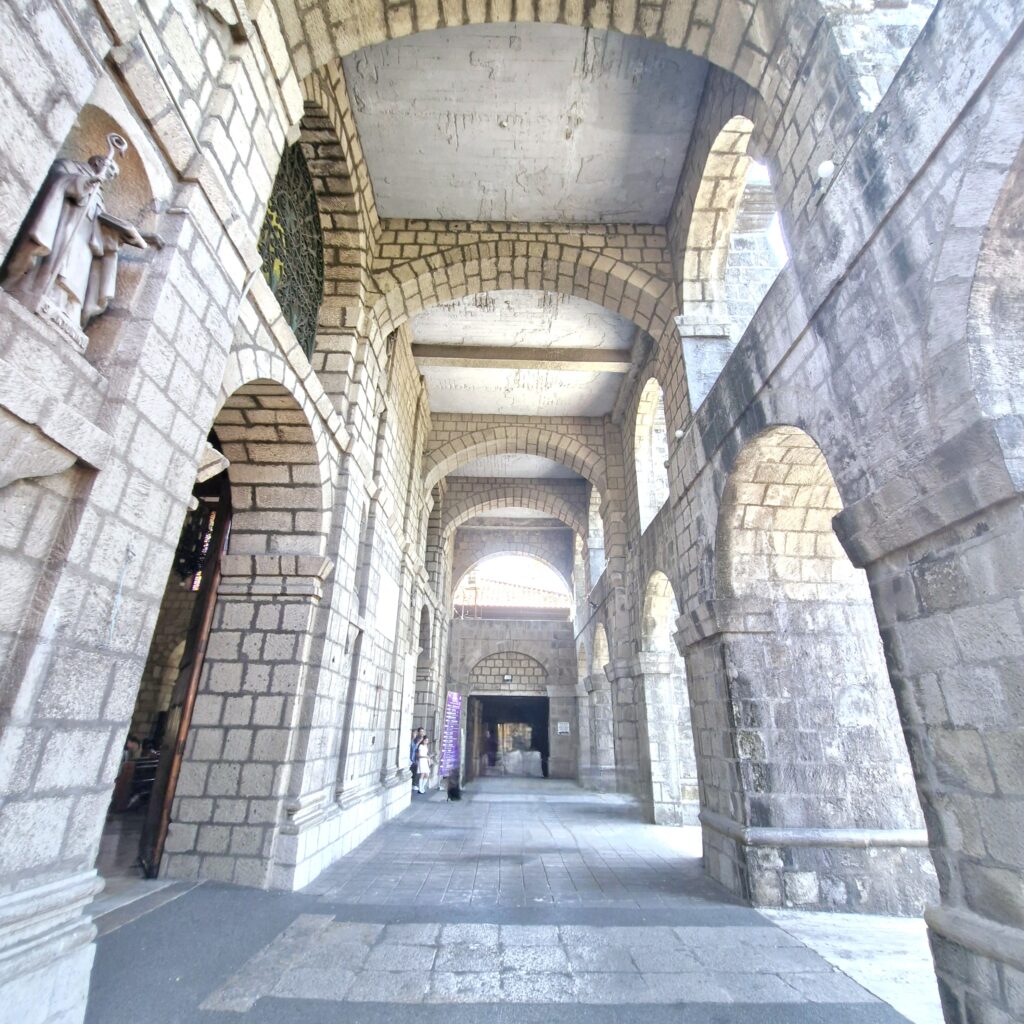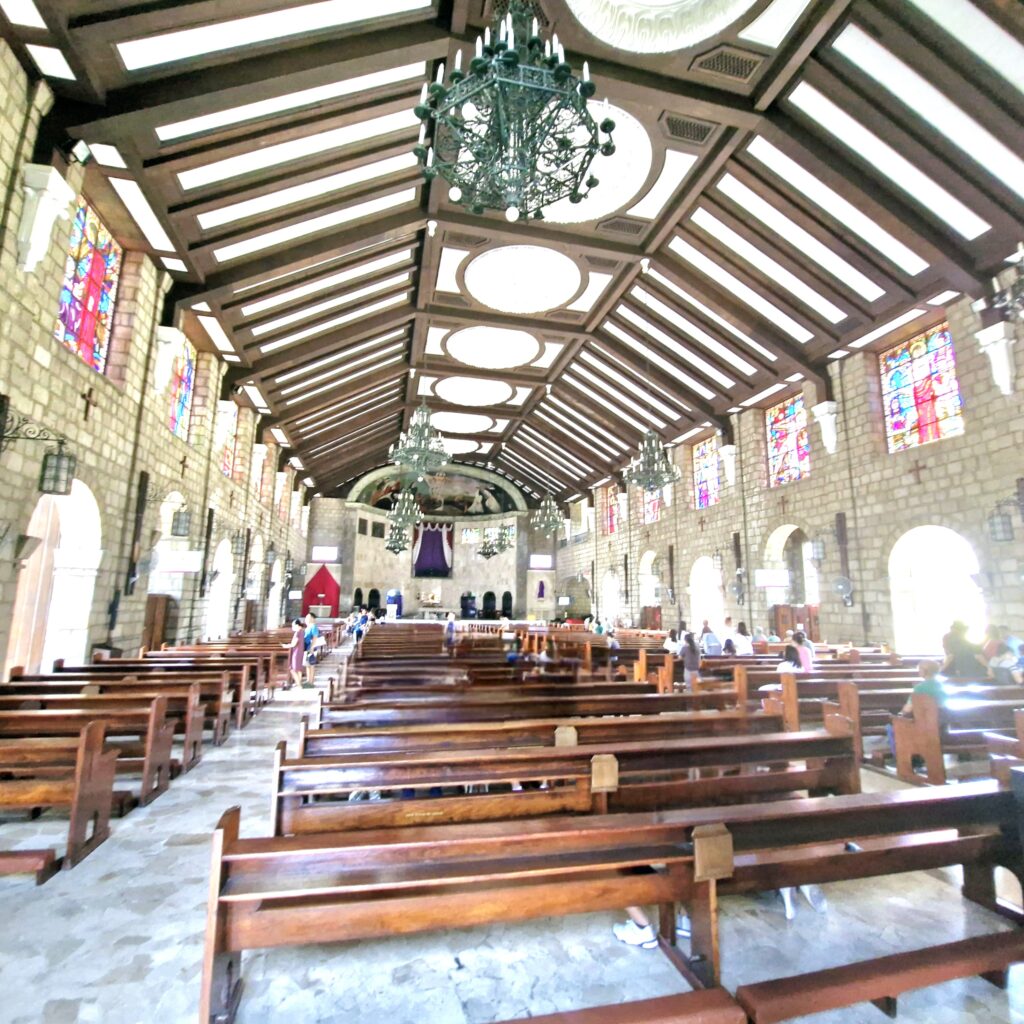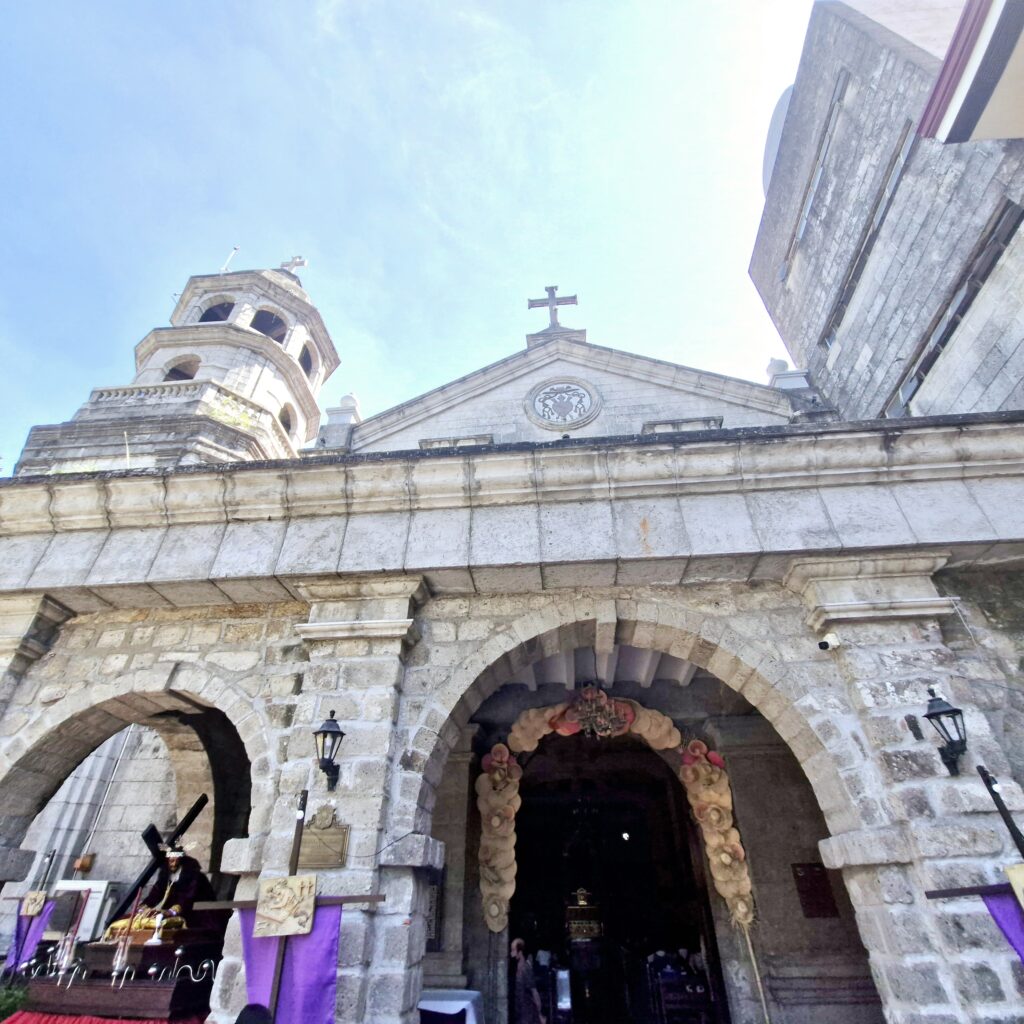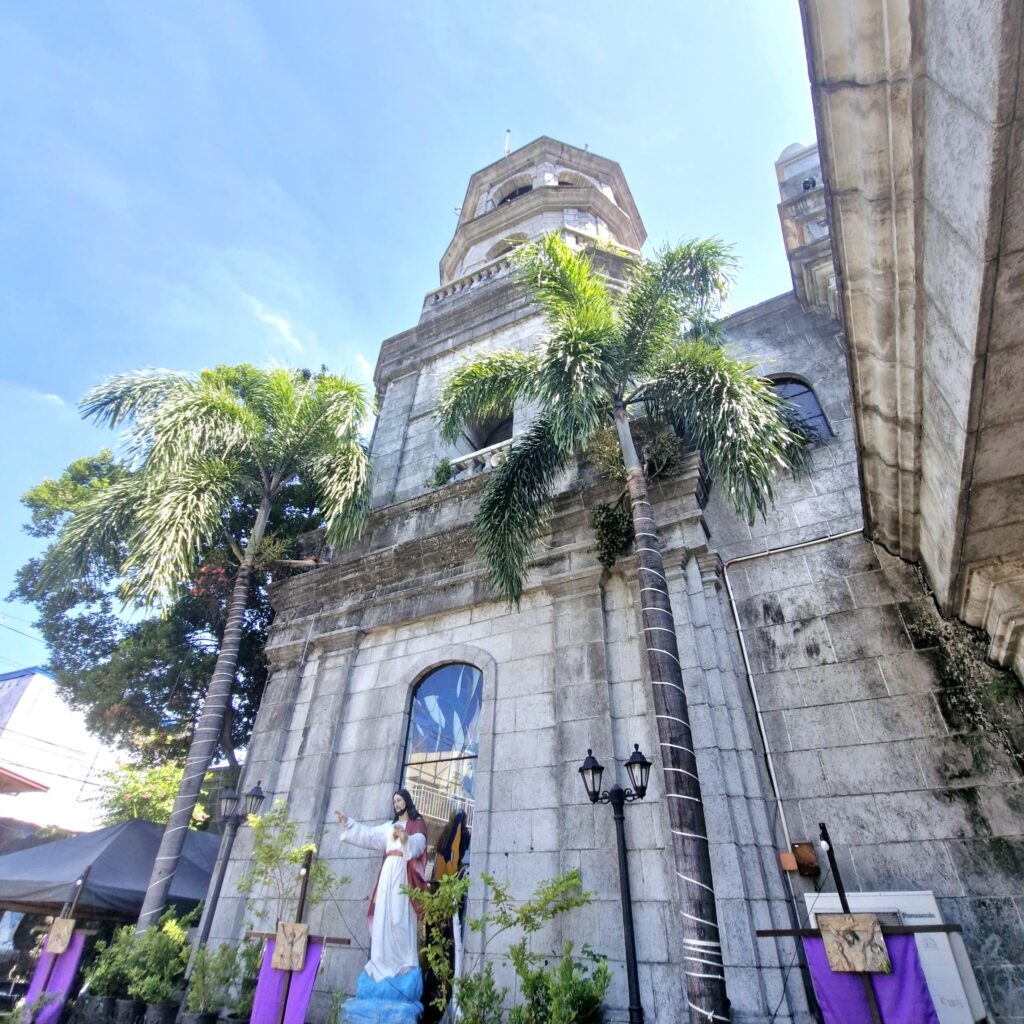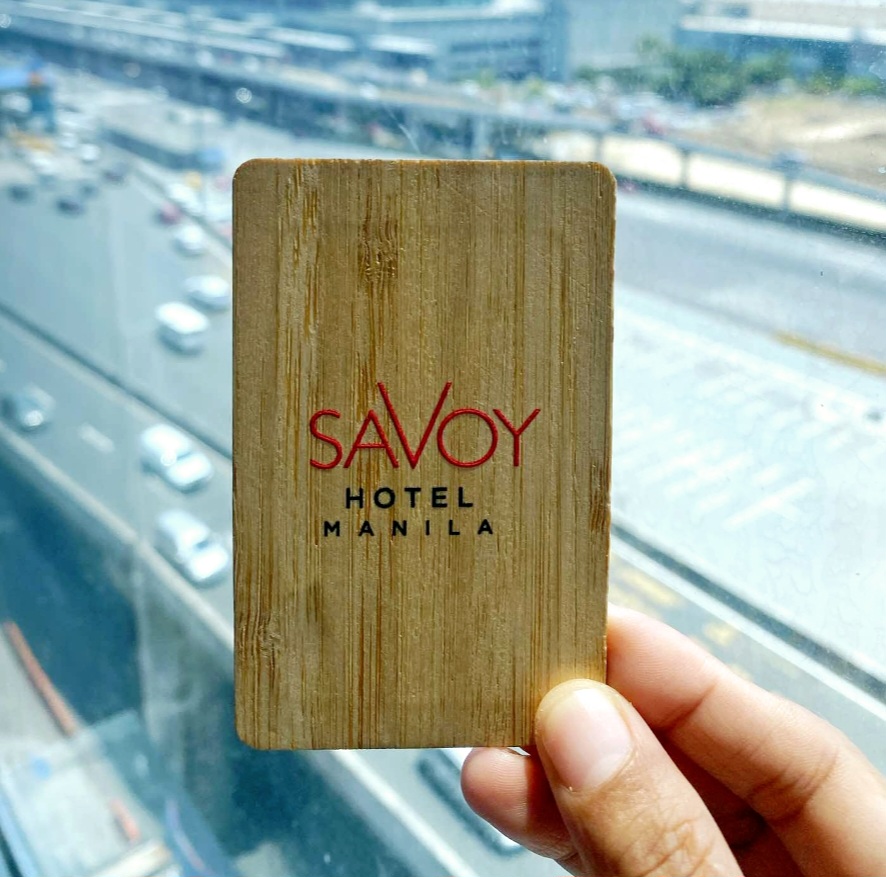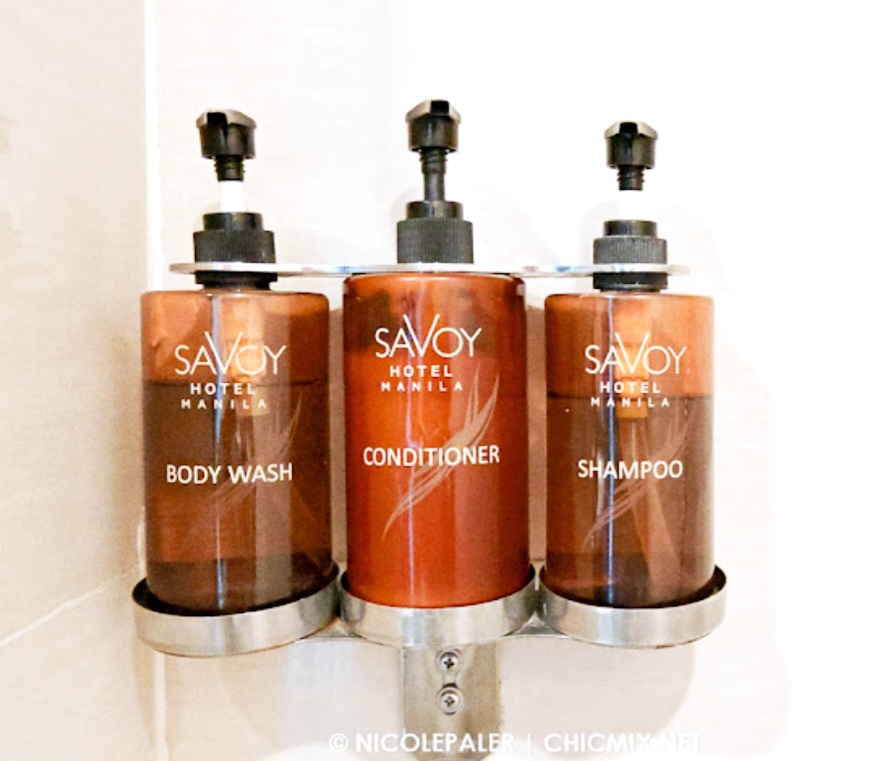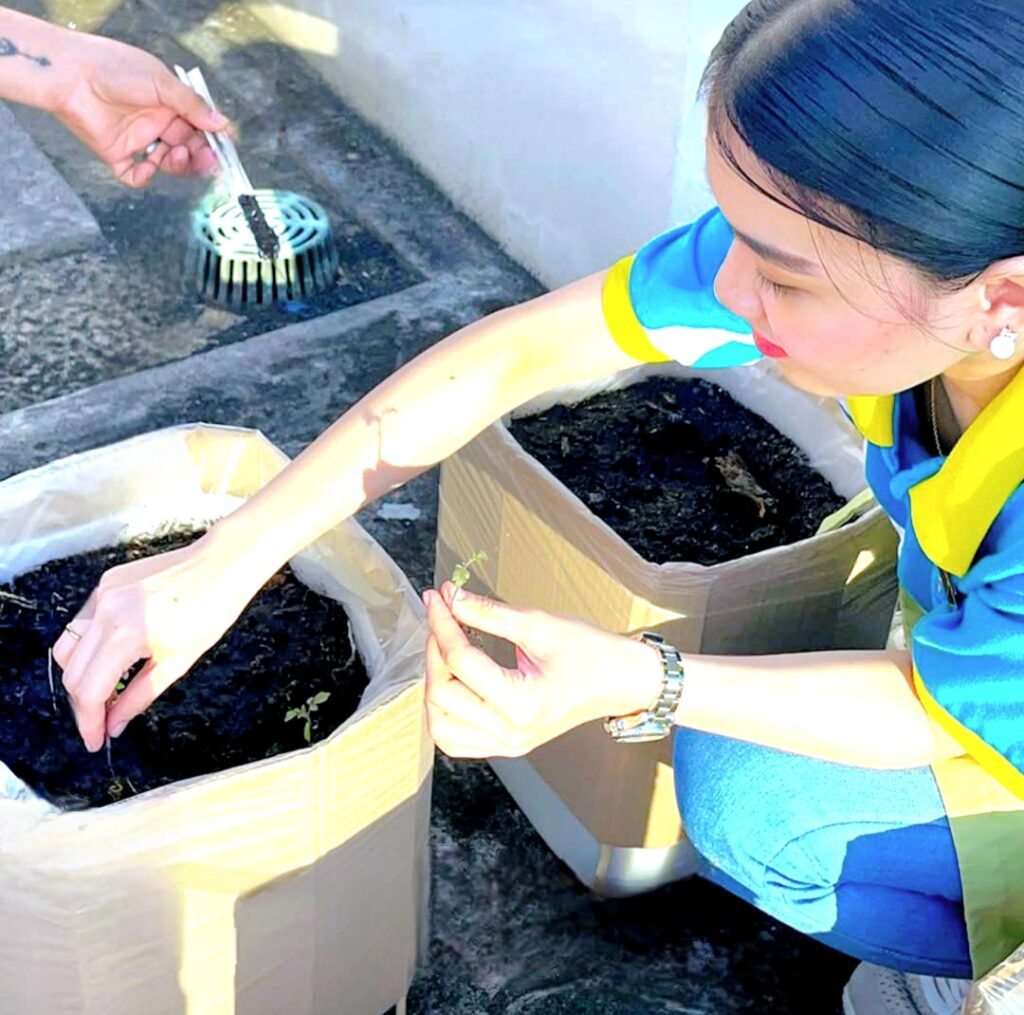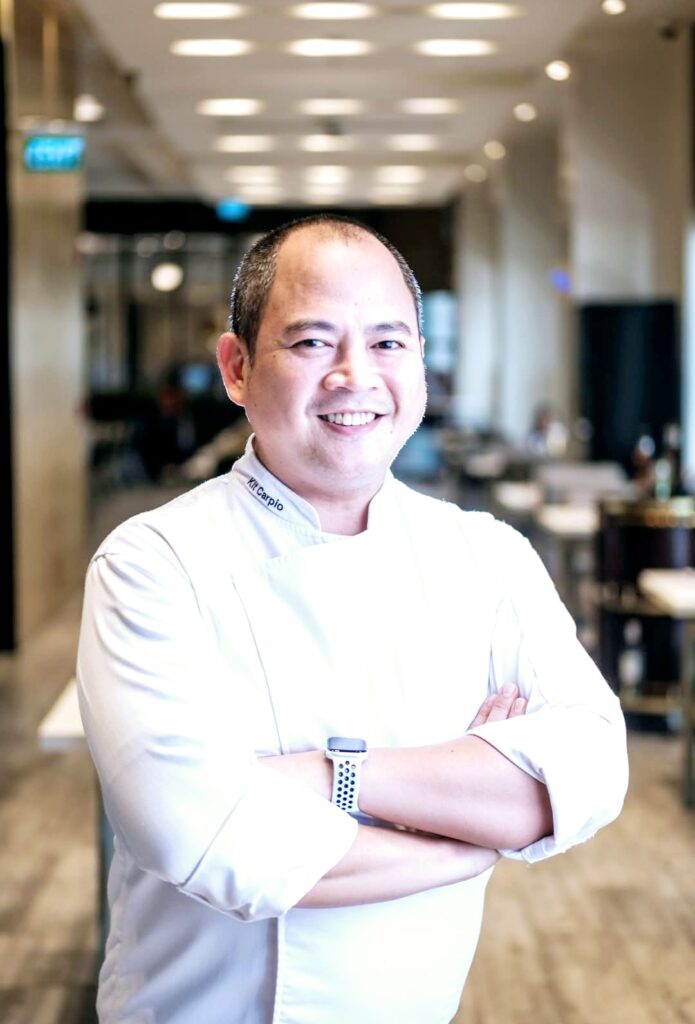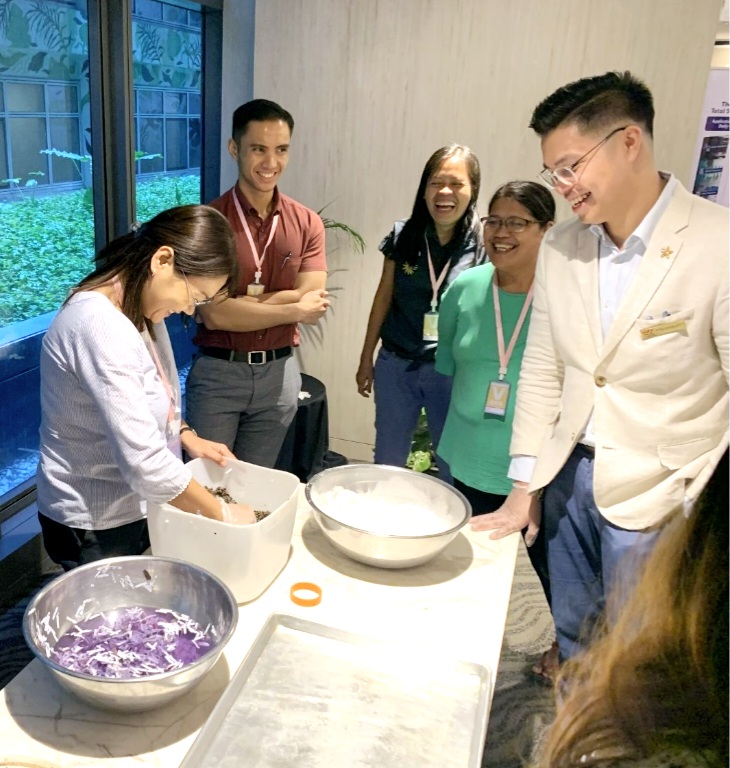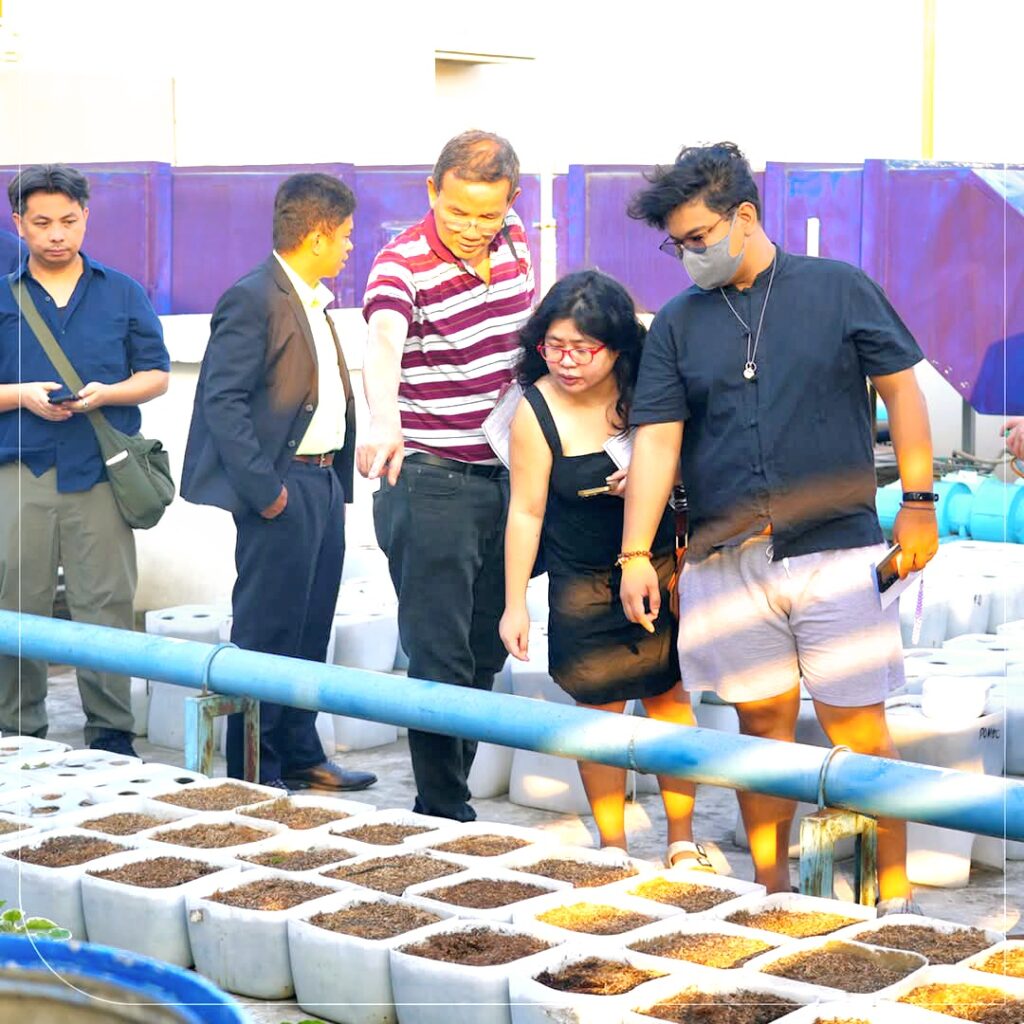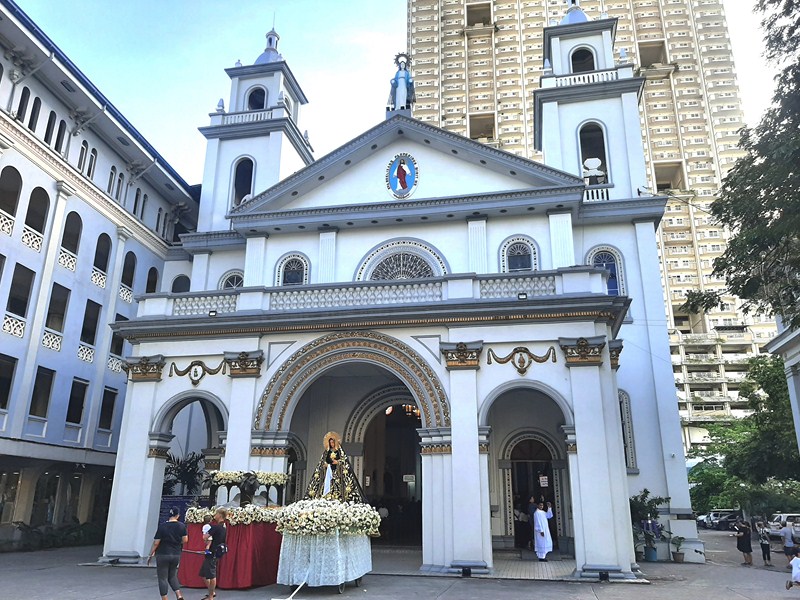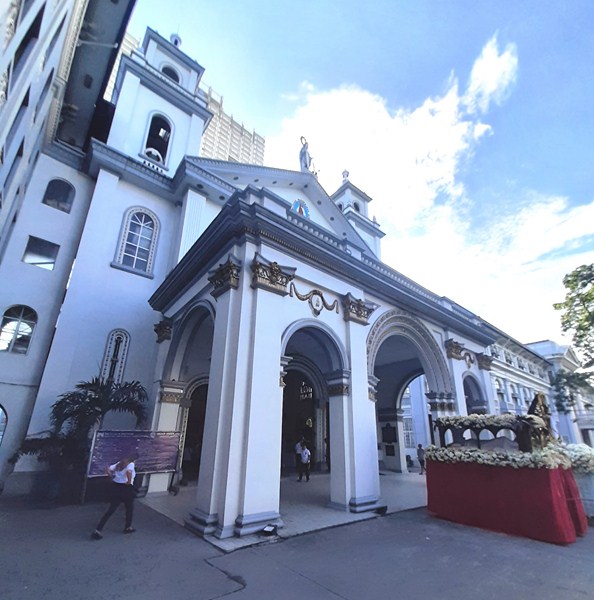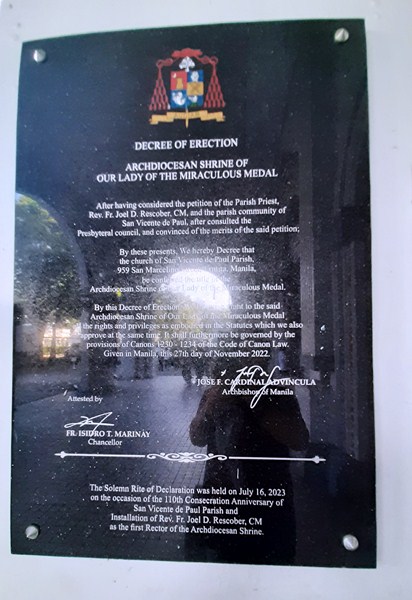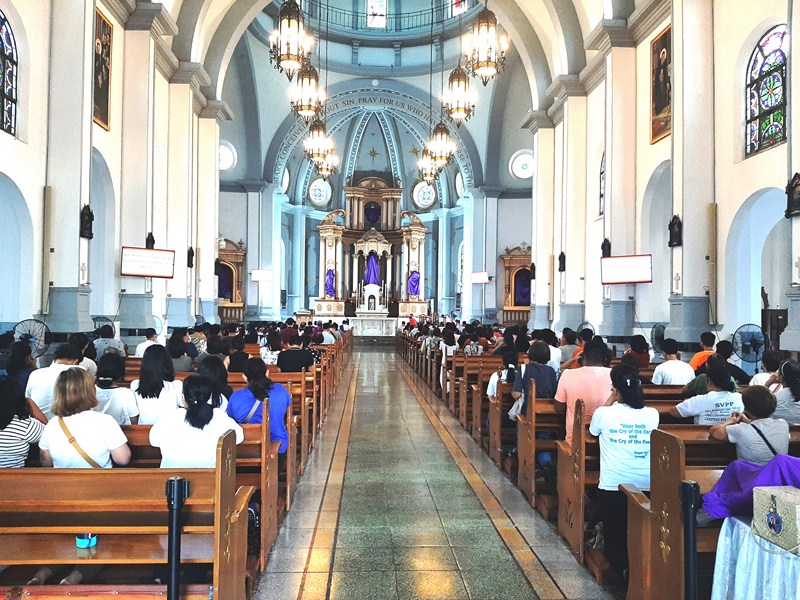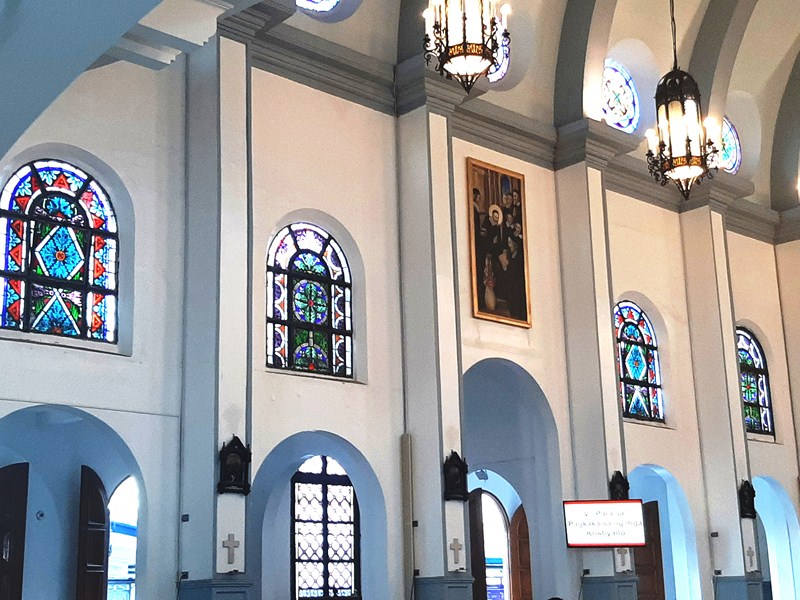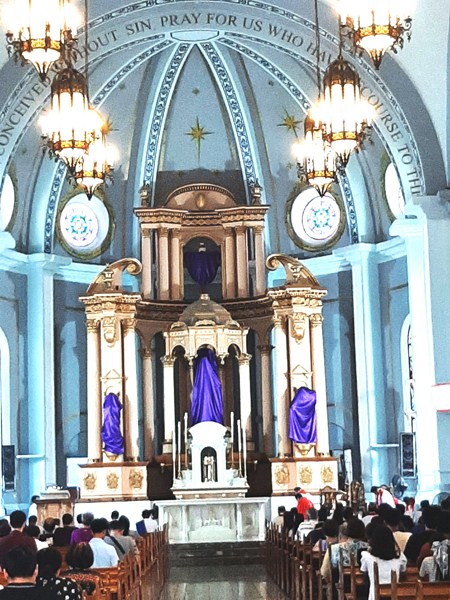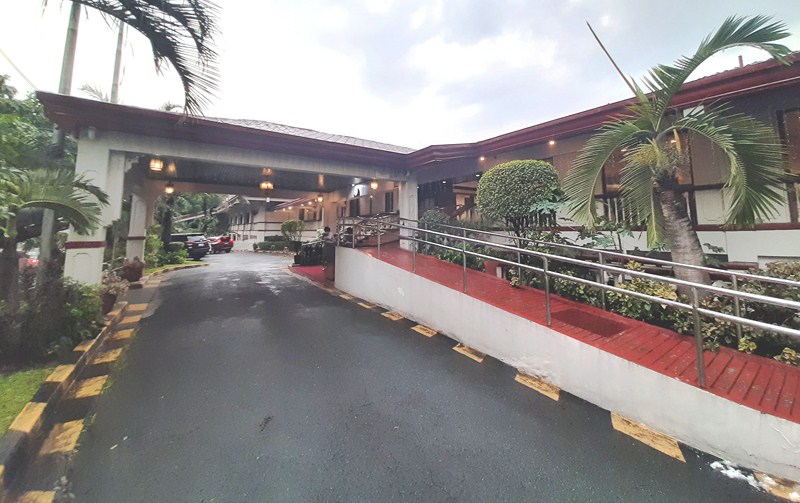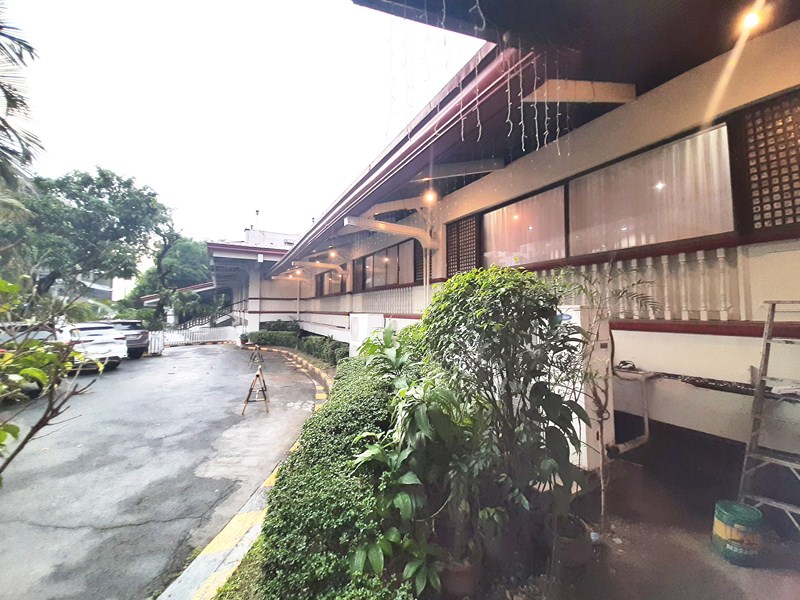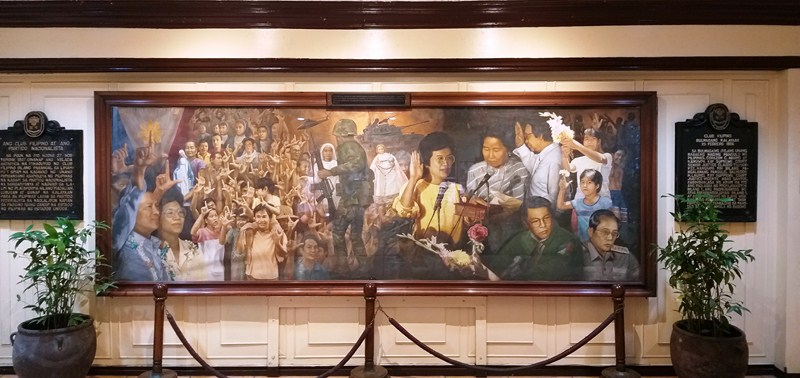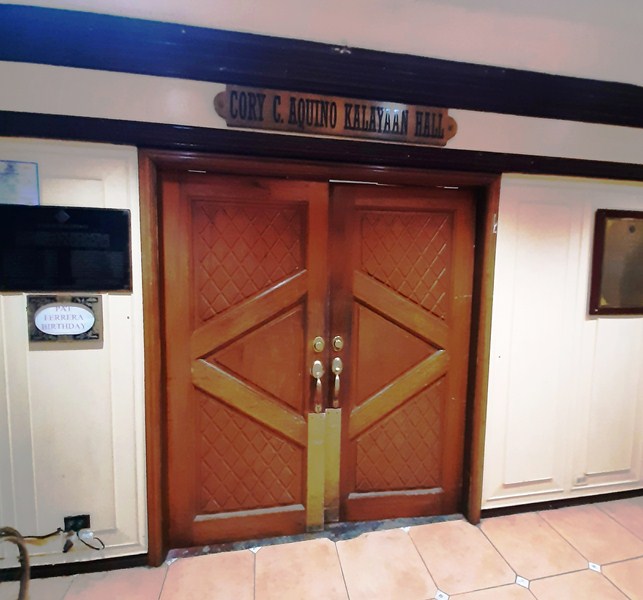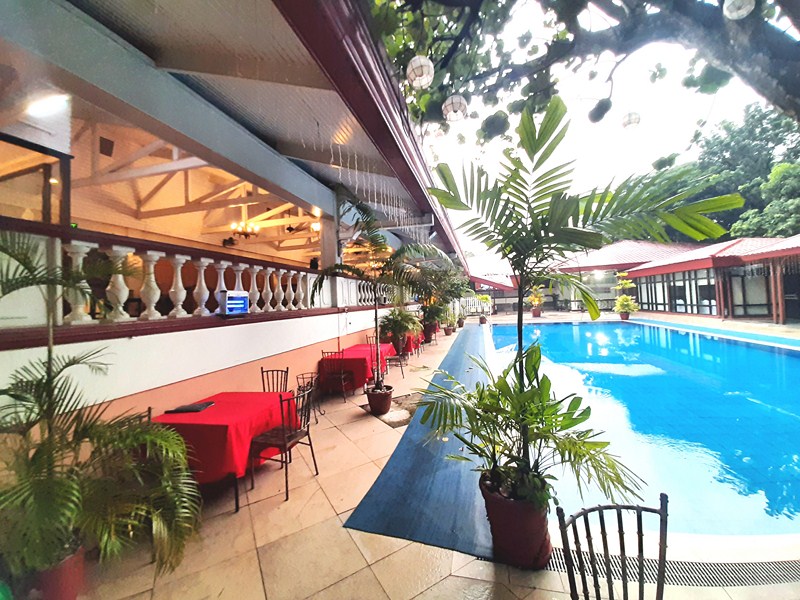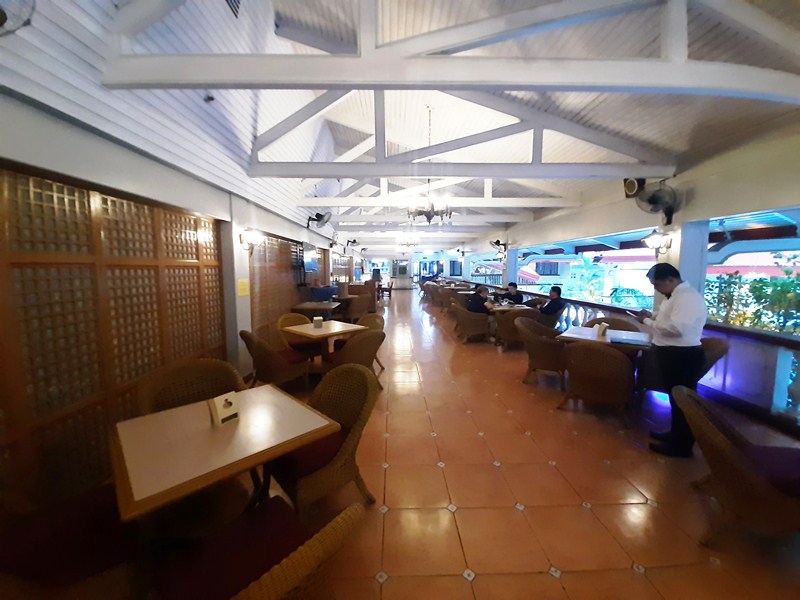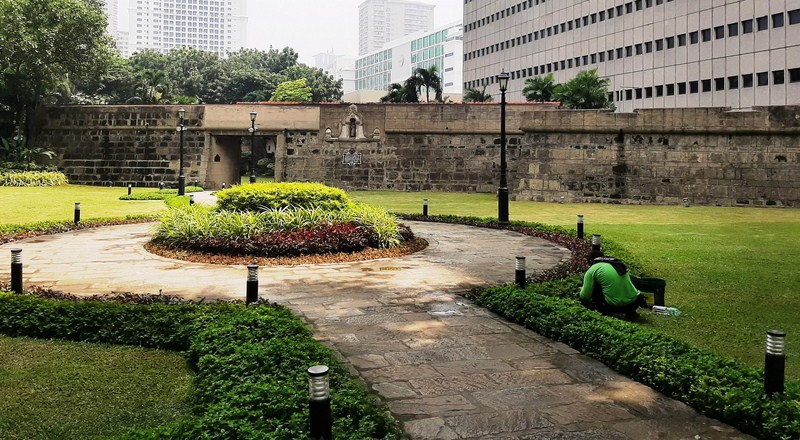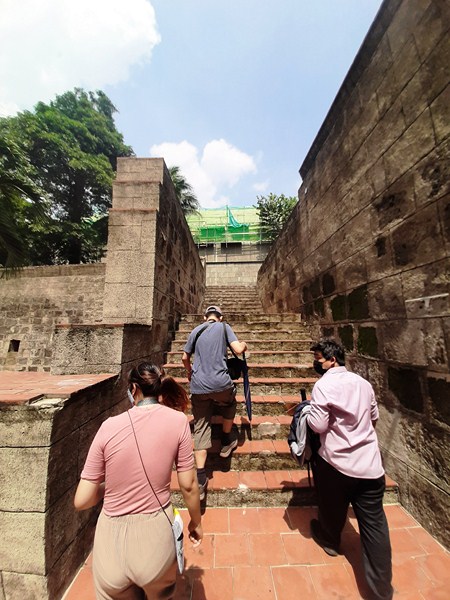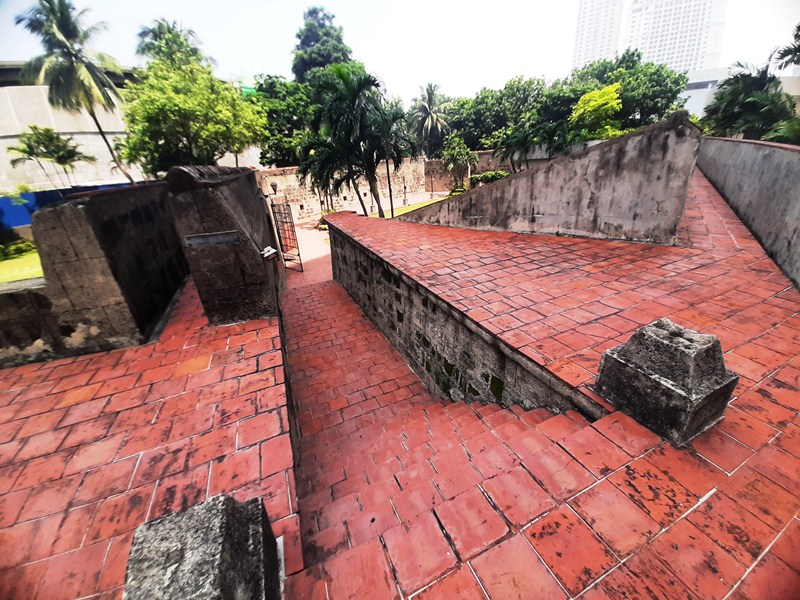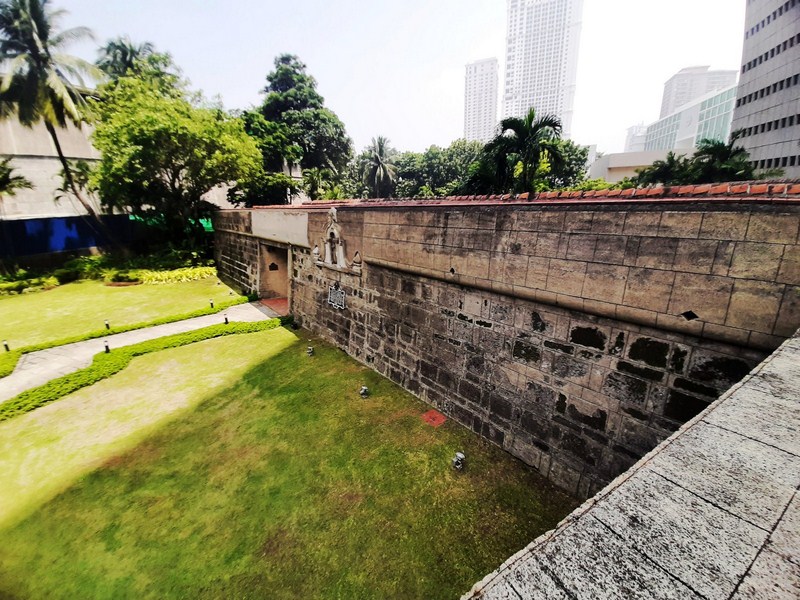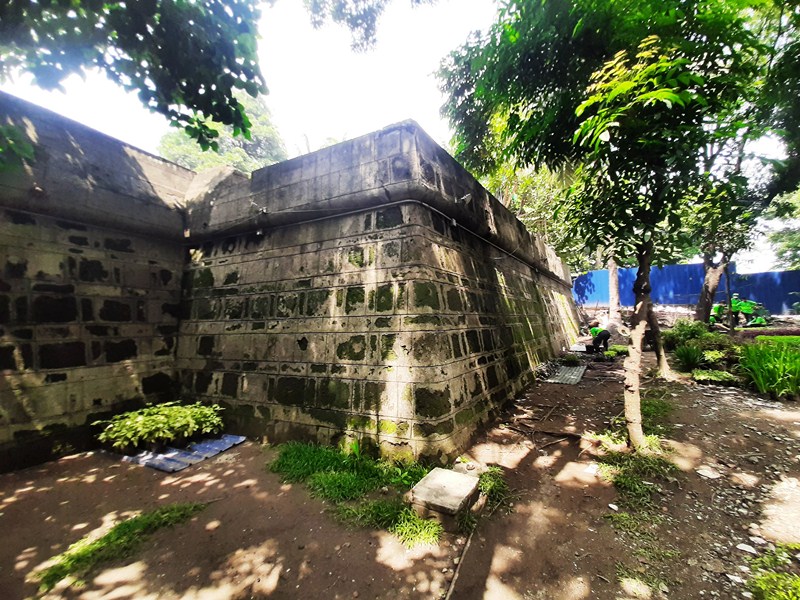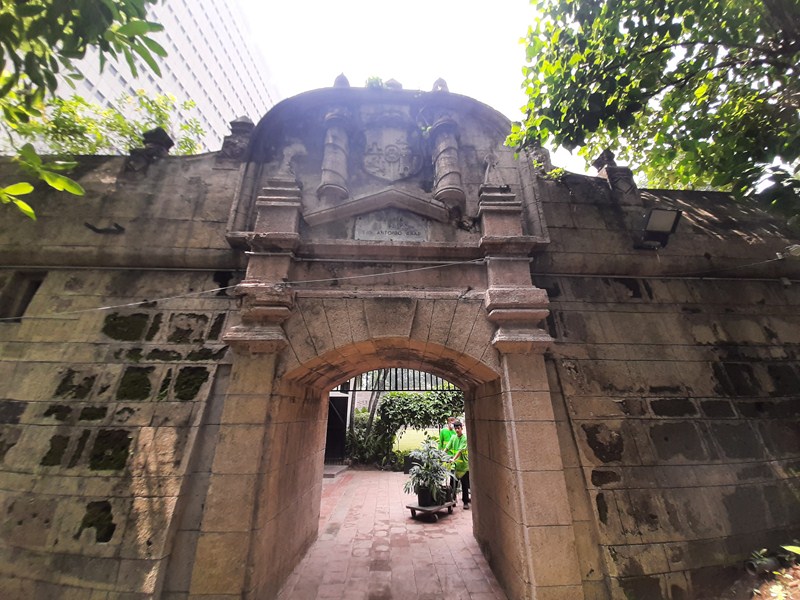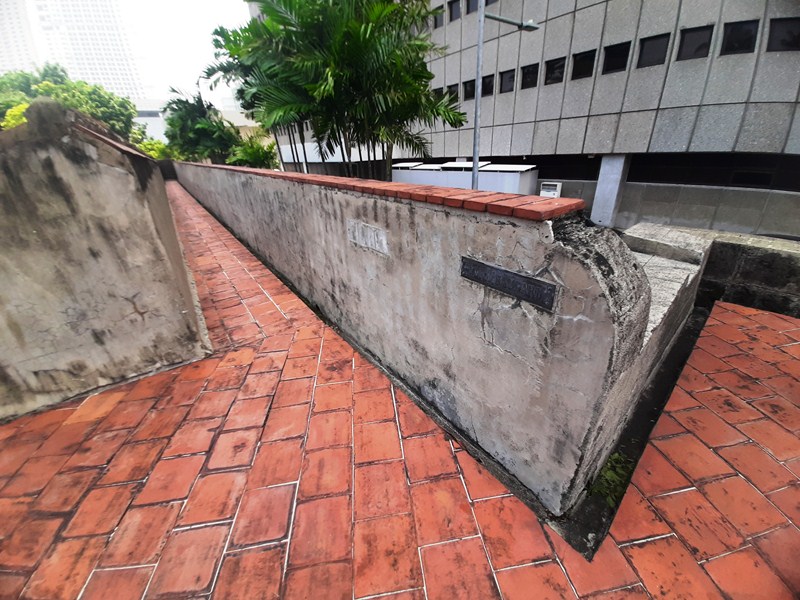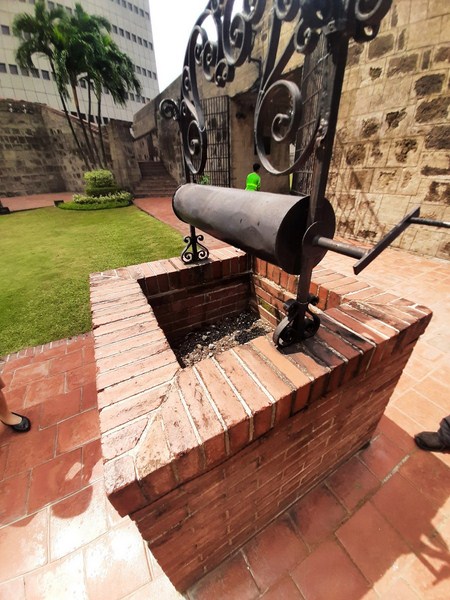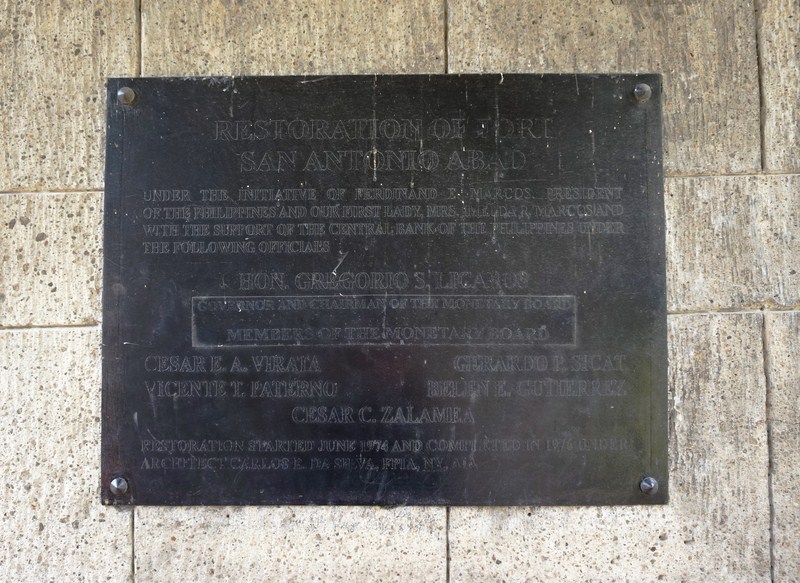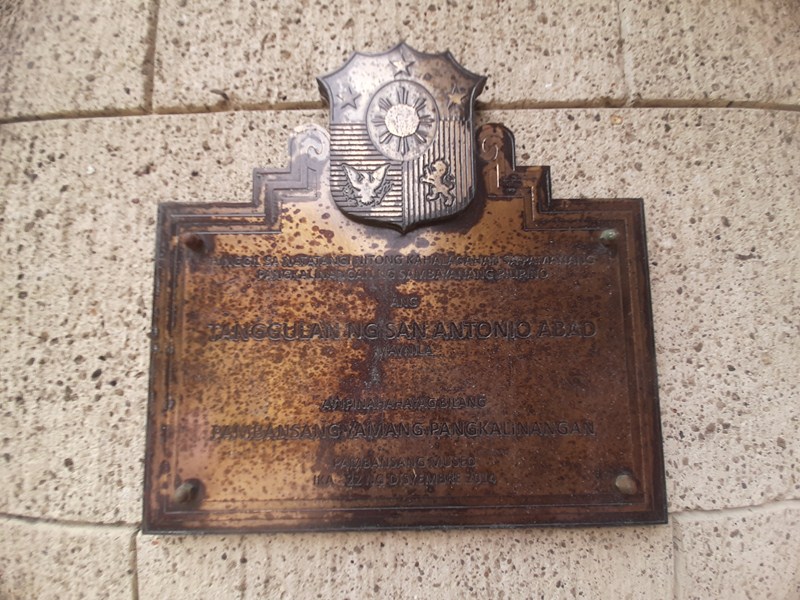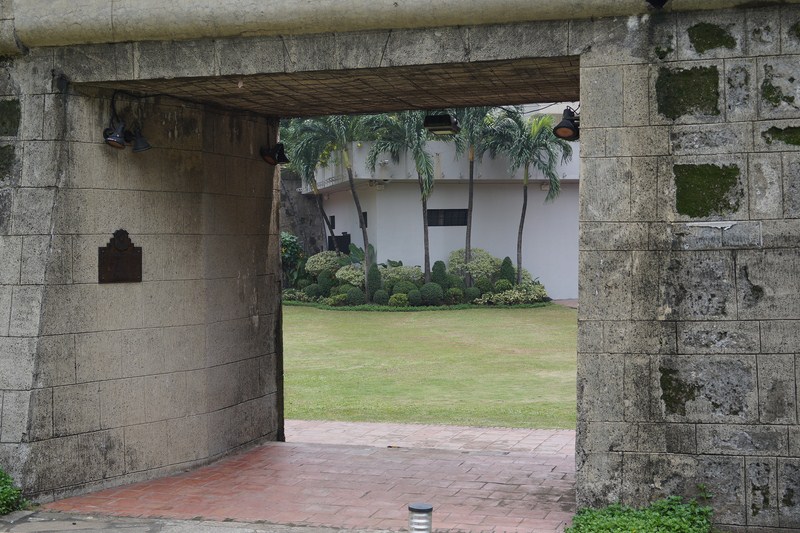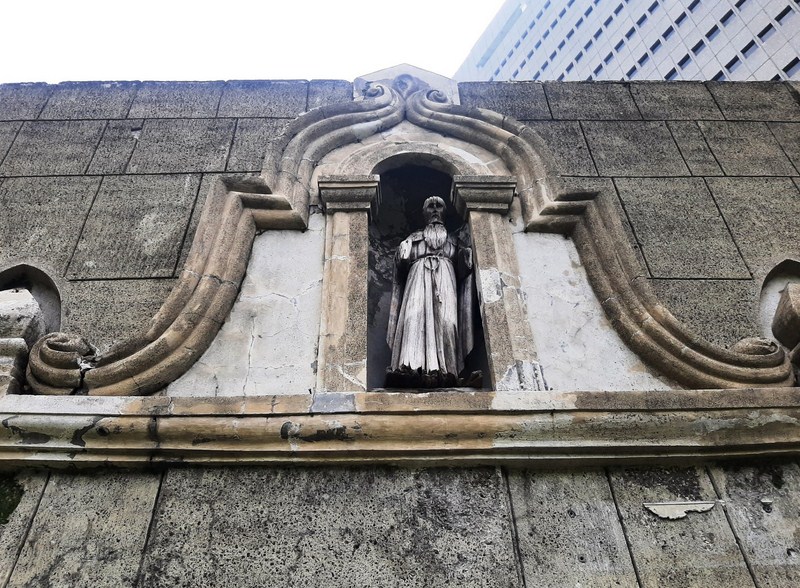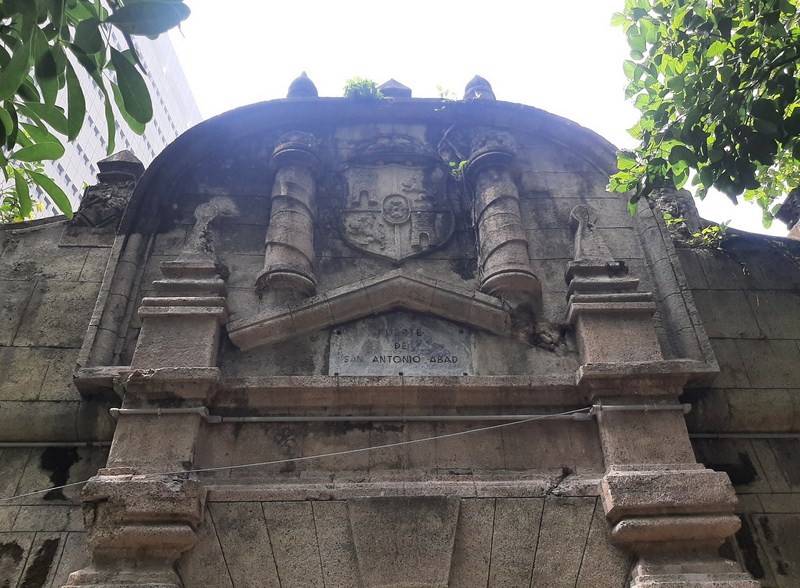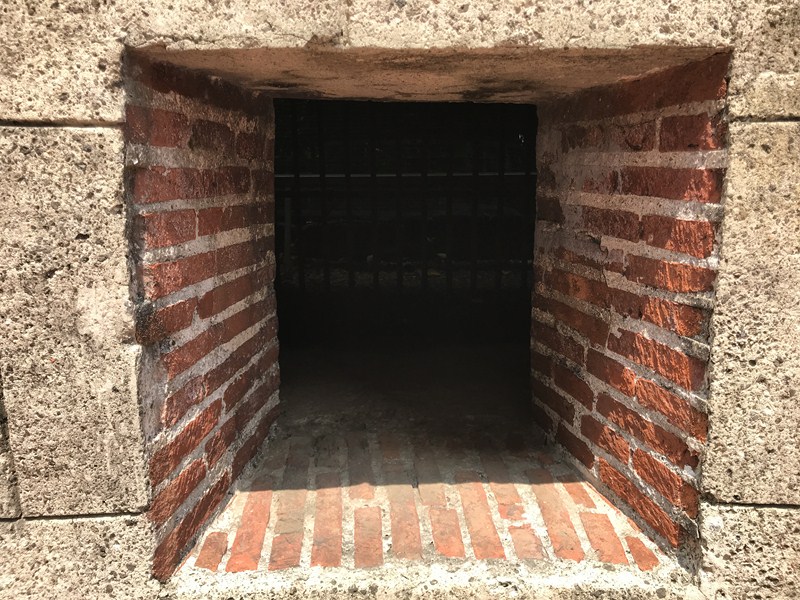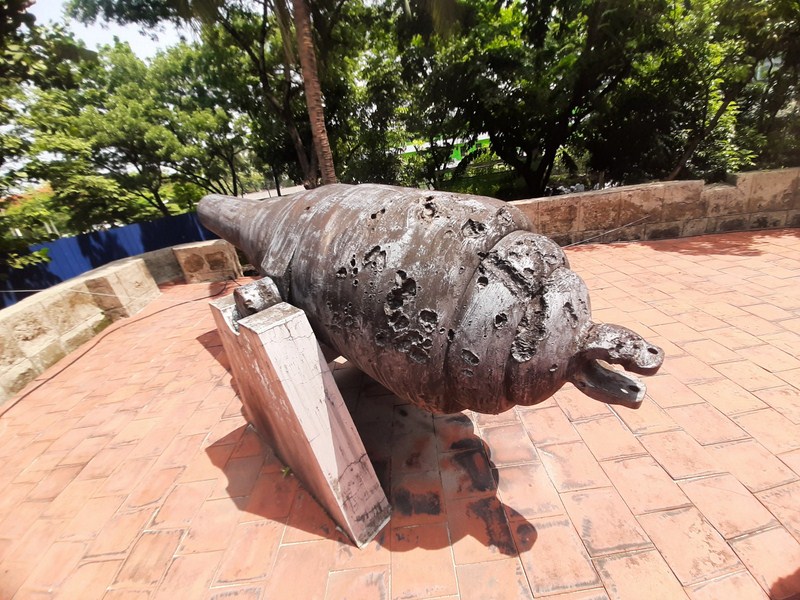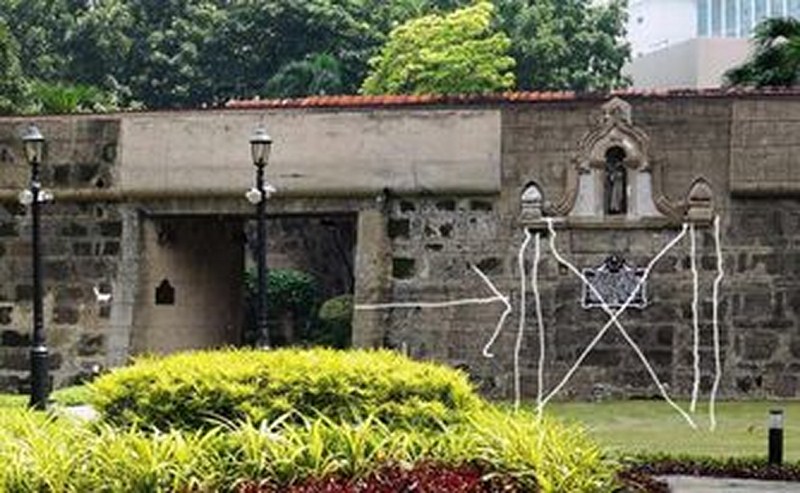This church, also known as Santo Niño de Tondo Parish or Tondo Church, is under the jurisdiction of the Archdiocese of Manila. The church is home to the second oldest Sto. Niño (which originally came from Acapulco, Mexico) in the Philippines, next to the Sto. Niño De Cebu (1521).
It was first built around 1625, damaged during the November 30, 1645 Luzon earthquake, and destroyed in 1661 for fear that Koseng (Koxinga), a Chinese pirate from Hermosa Island (Formosa, now Taiwan) might use it as its headquarters.
It was rebuilt that same year and completed in 1695. In 1734, its facade and two bell towers were rebuilt during the term of Father Diego Bergaño. The church was damaged during the 1740 earthquake, rebuilt, for the third time, by Fr. Manuel Diez Gonzalez in 1741, heavily damaged during the June 3, 1863 earthquake, rebuilt for the third time by Father Manuel Diez Gonzalez and completed around 1874 by Father Casimiro Herrero (parish priest of Tondo from 1874 to 1880) who followed the plans of architect Luciano Oliver in 1873.
In 1893, an organ imported from the renowned Amezua Organeros of Barcelona, Spain and was installed. It had one main keyboard with 56 keys and a pédalier with 19 keys and four combinations. During the Japanese occupation of the Philippines, the church was used as a cuartel. In 1997, aside from major repairs, carillon bells were installed by Msgr. Emmanuel Sunga.
Measuring 65 meters (213 feet) long, 22 meters (72 feet) wide and 17 meters (56 feet) high, this church has a majestic, adobe stone-faced and scantily ornamented Neo-Classical facade with a recessed main entrance, rectangular Ionic pilasters, semicircular arched open and blind windows, pedimented square blind windows and a triangular pediment with a centrally located clock at the tympanum and topped by a belfry tempietto.
Massive buttresses support the discordant domes of the flanking bell towers and its bases have openings to the side aisles. There are also blind arched openings that contrast with the rectangular voids and a triangular pediment. Its interiors is composed of a main central nave flanked by two aisles that are linked by solid columns.
Archdiocesan Shrine of Santo Niño: 600 Lorenzo Chacon Street, Tondo, Manila. Tel: (632) 245-5412. Fax: (632) 245-5417. Feast of the Holy Child: Third Sunday of January.

